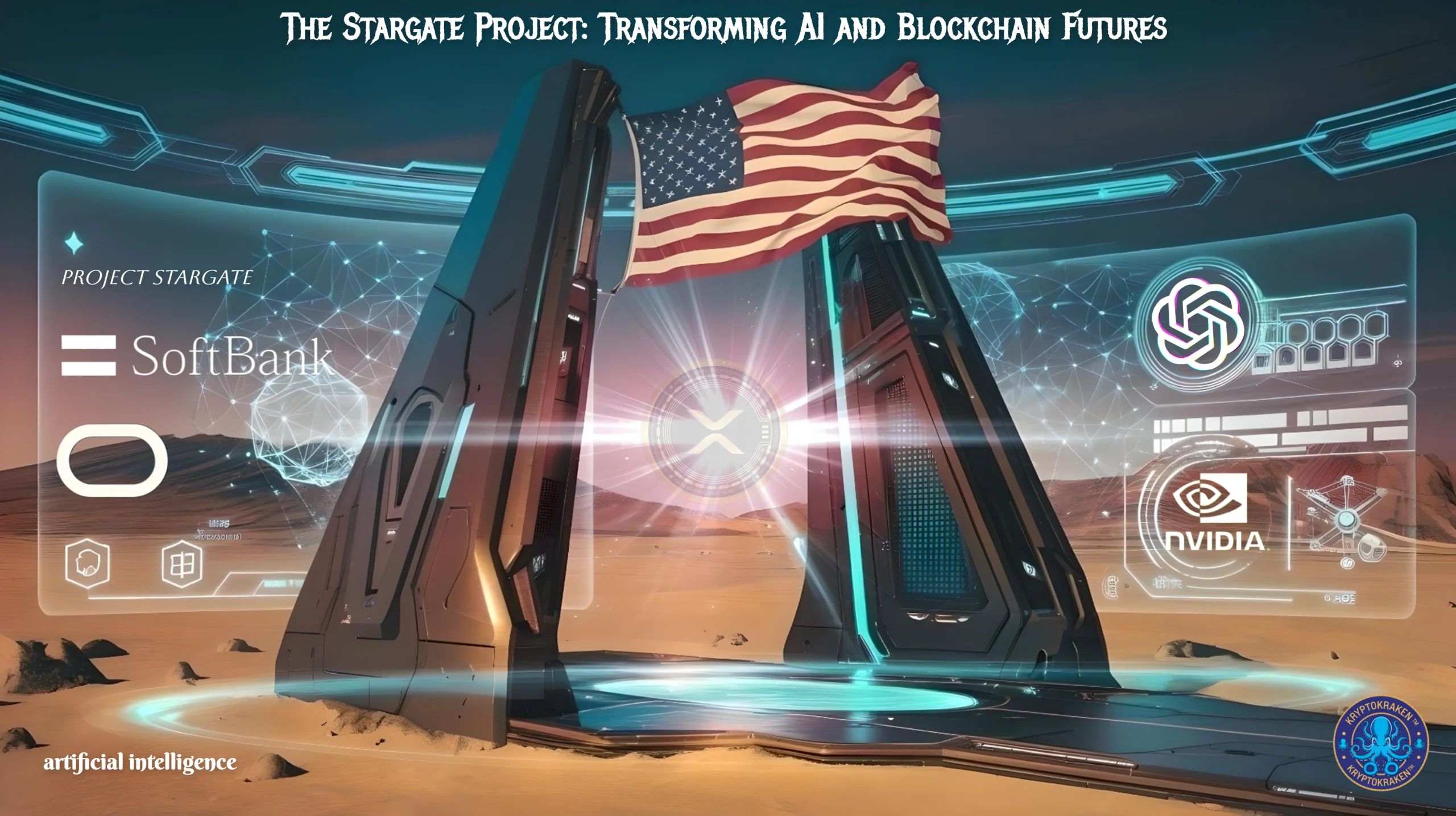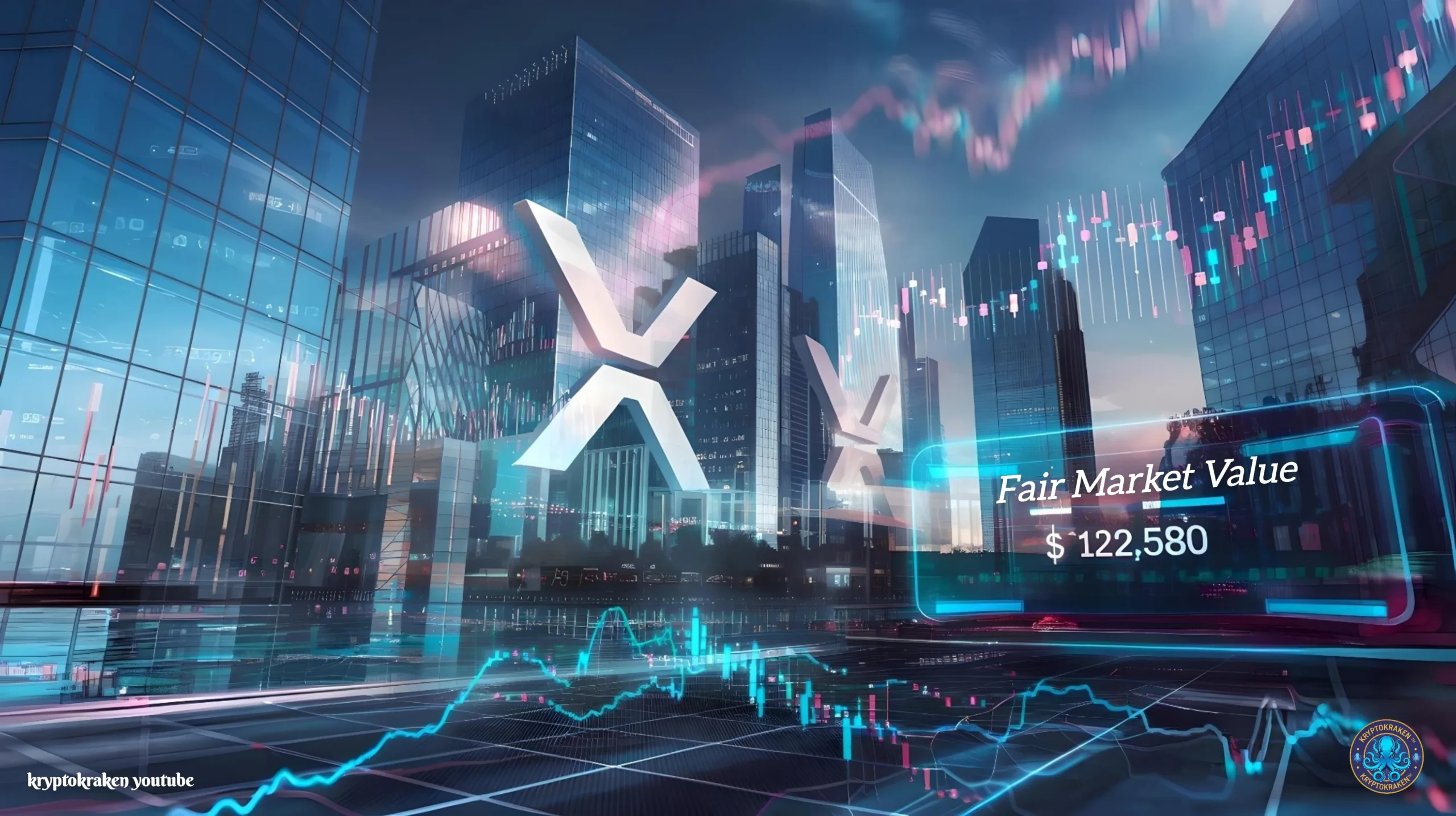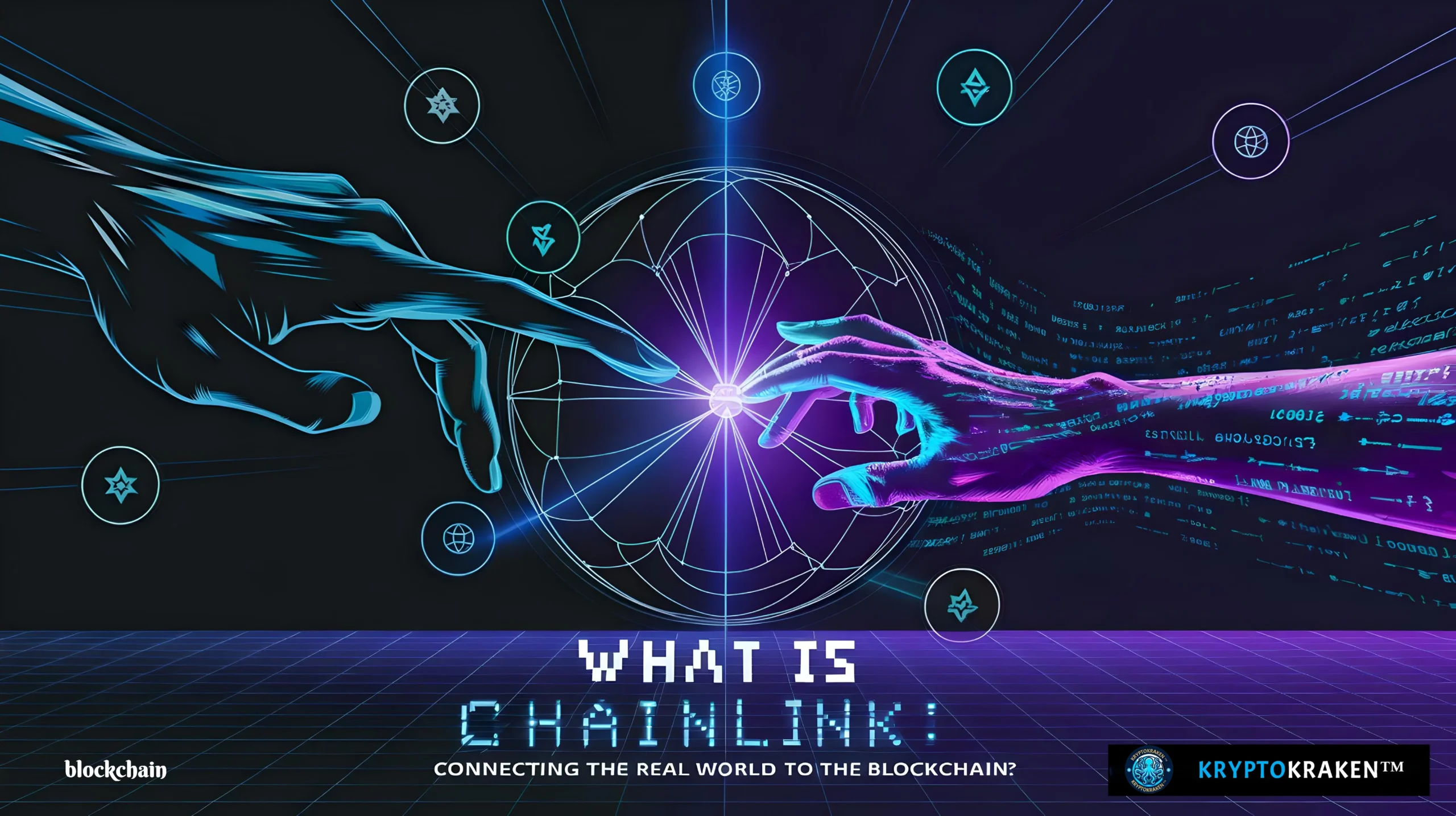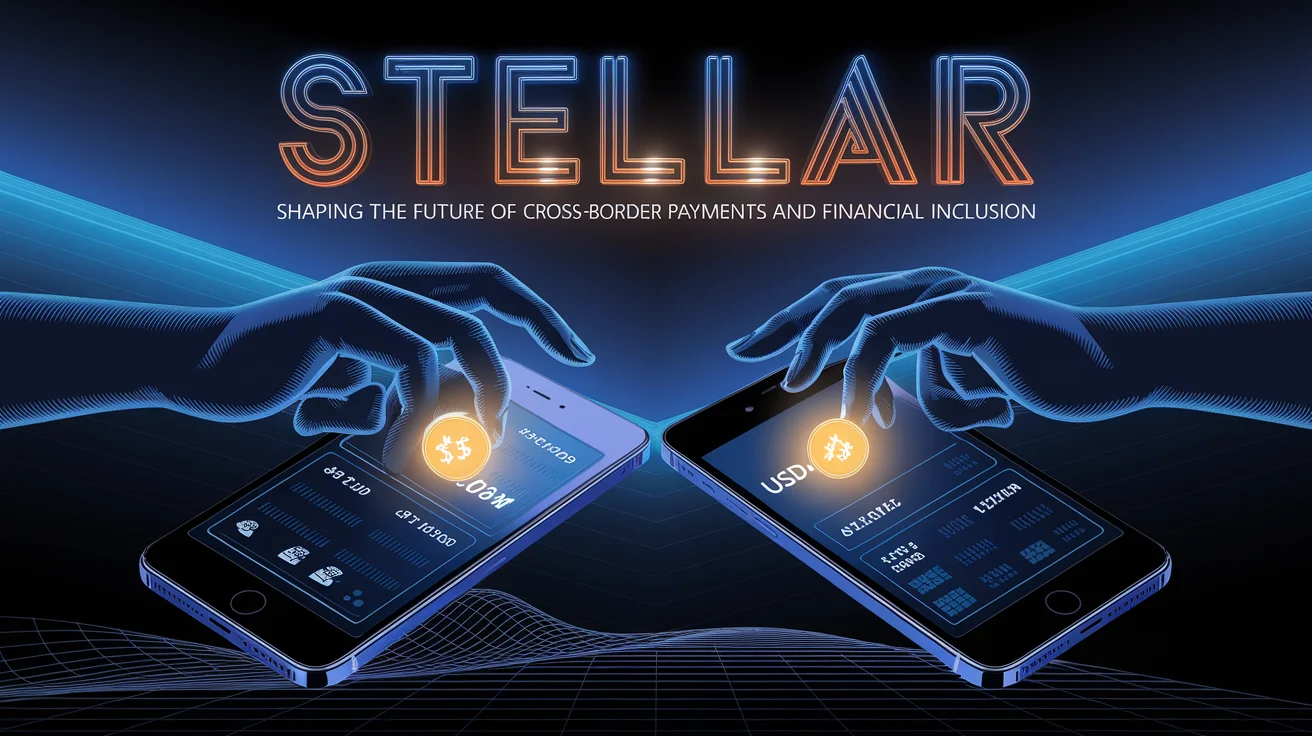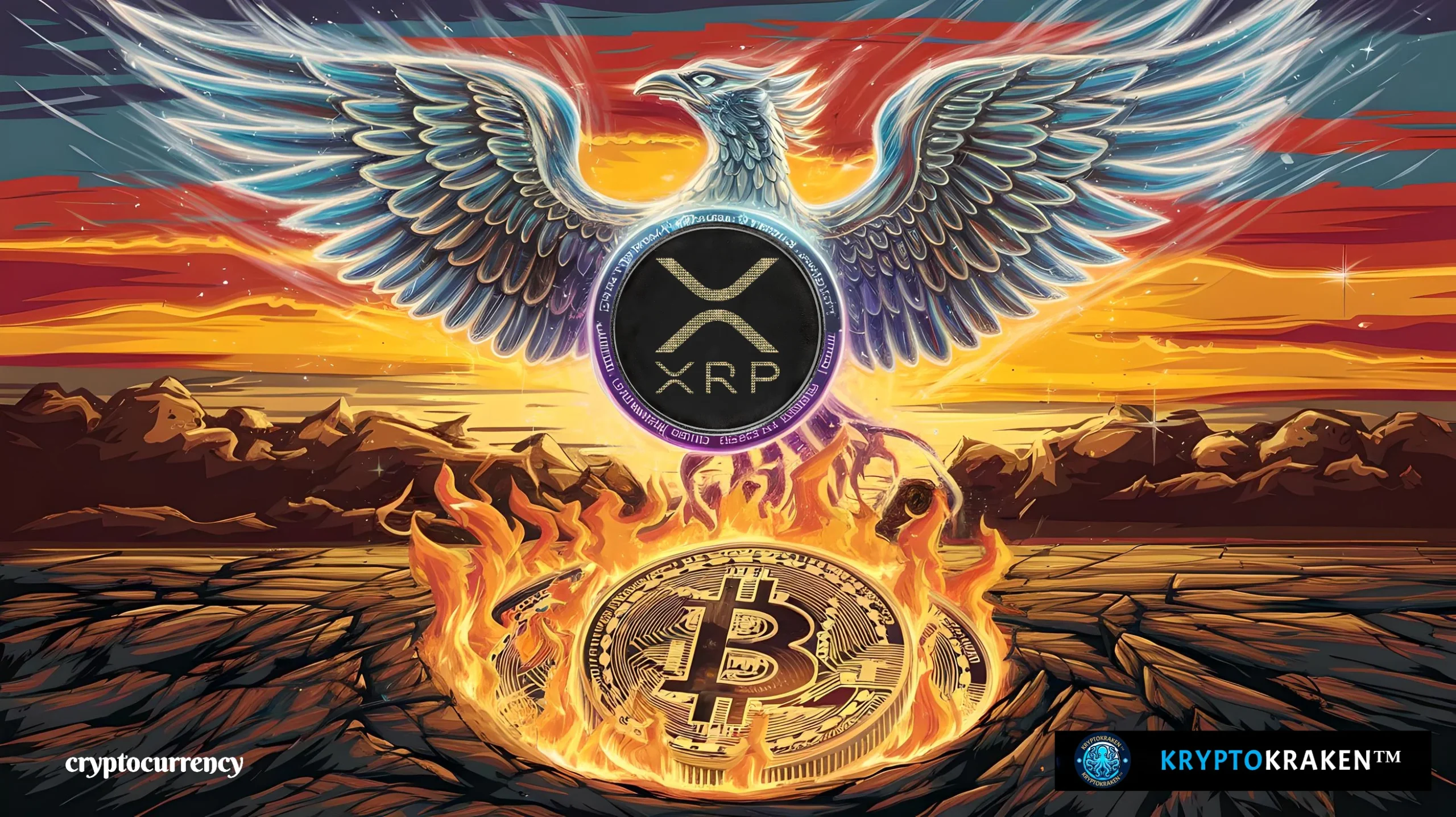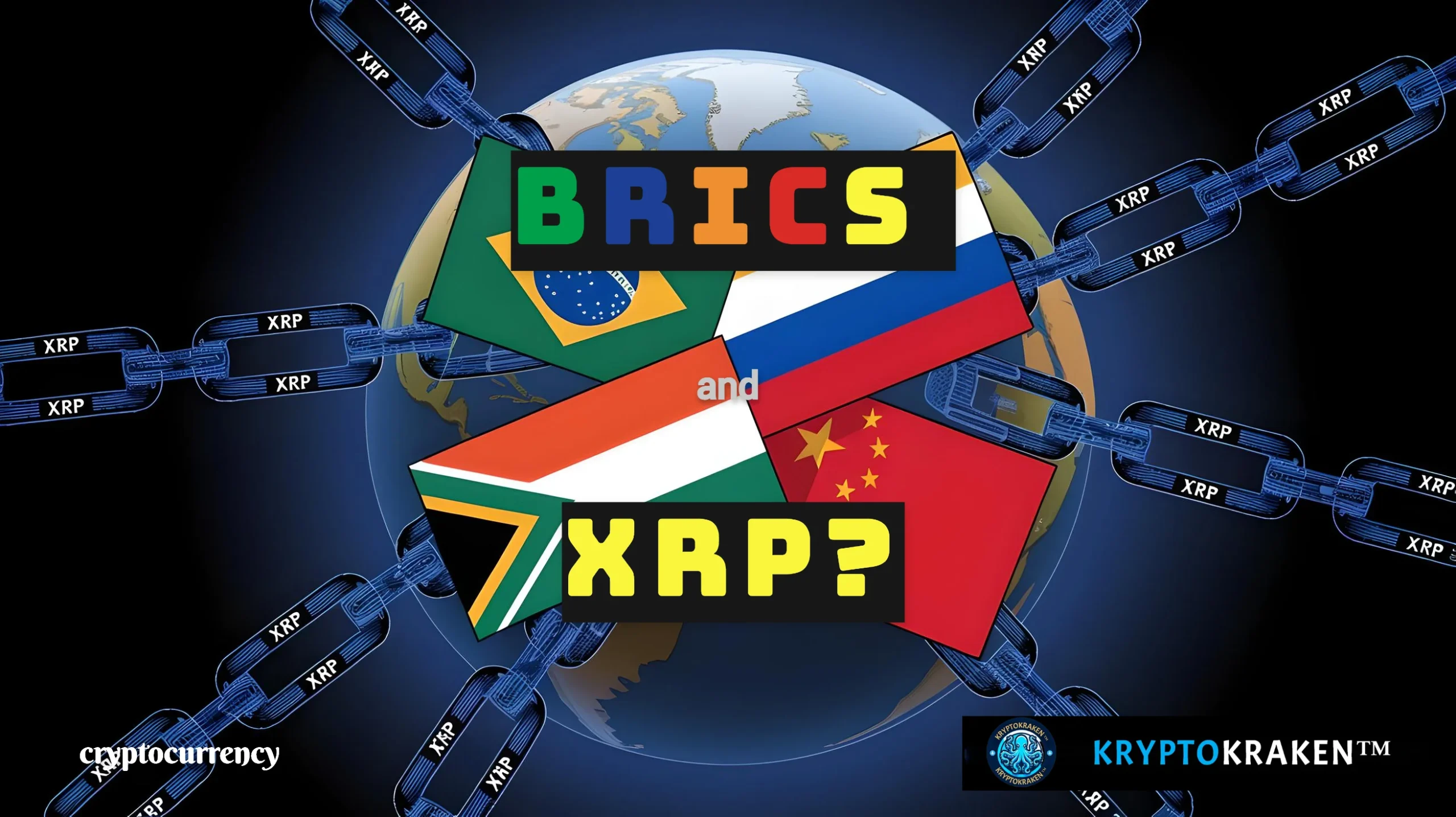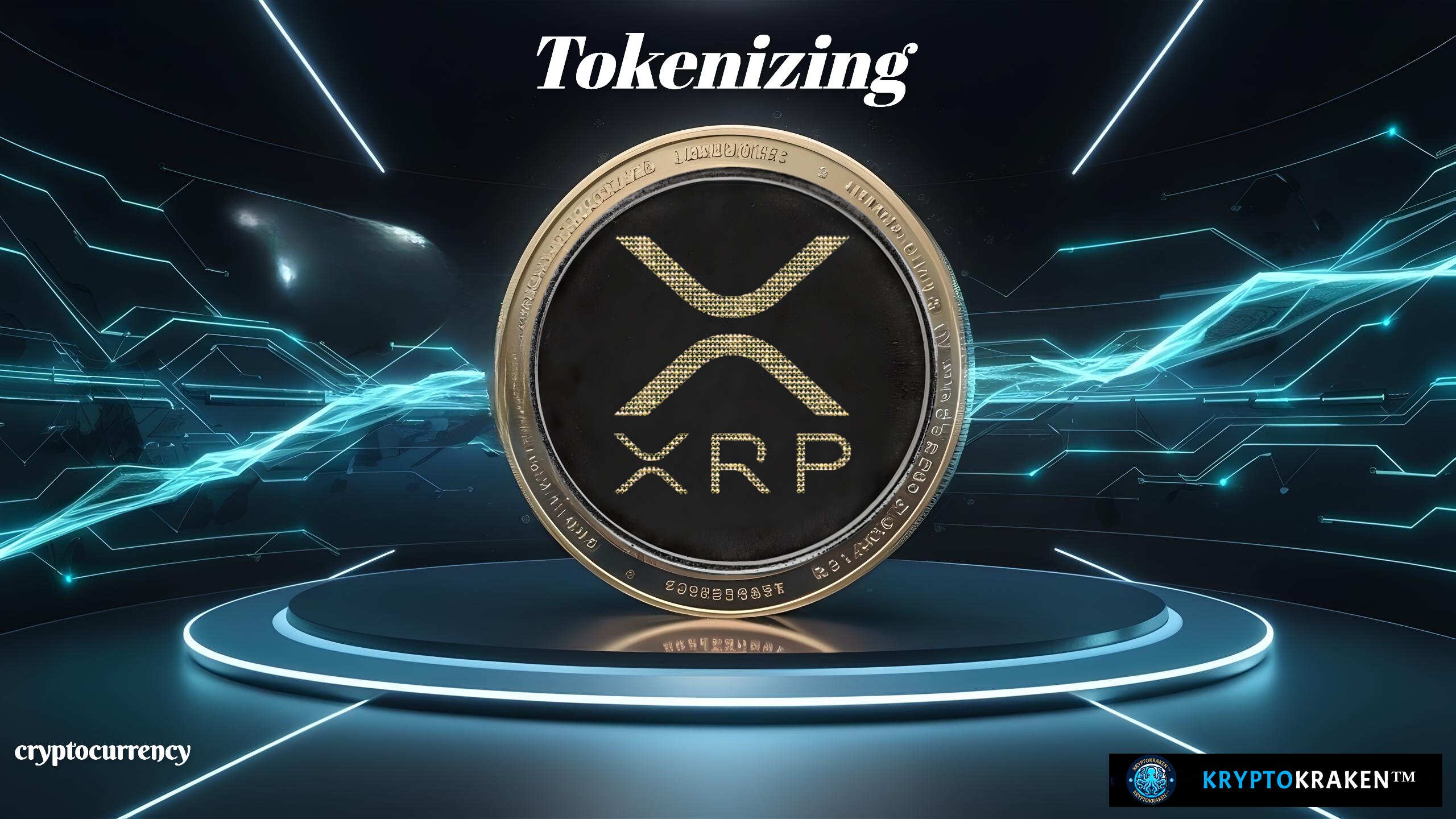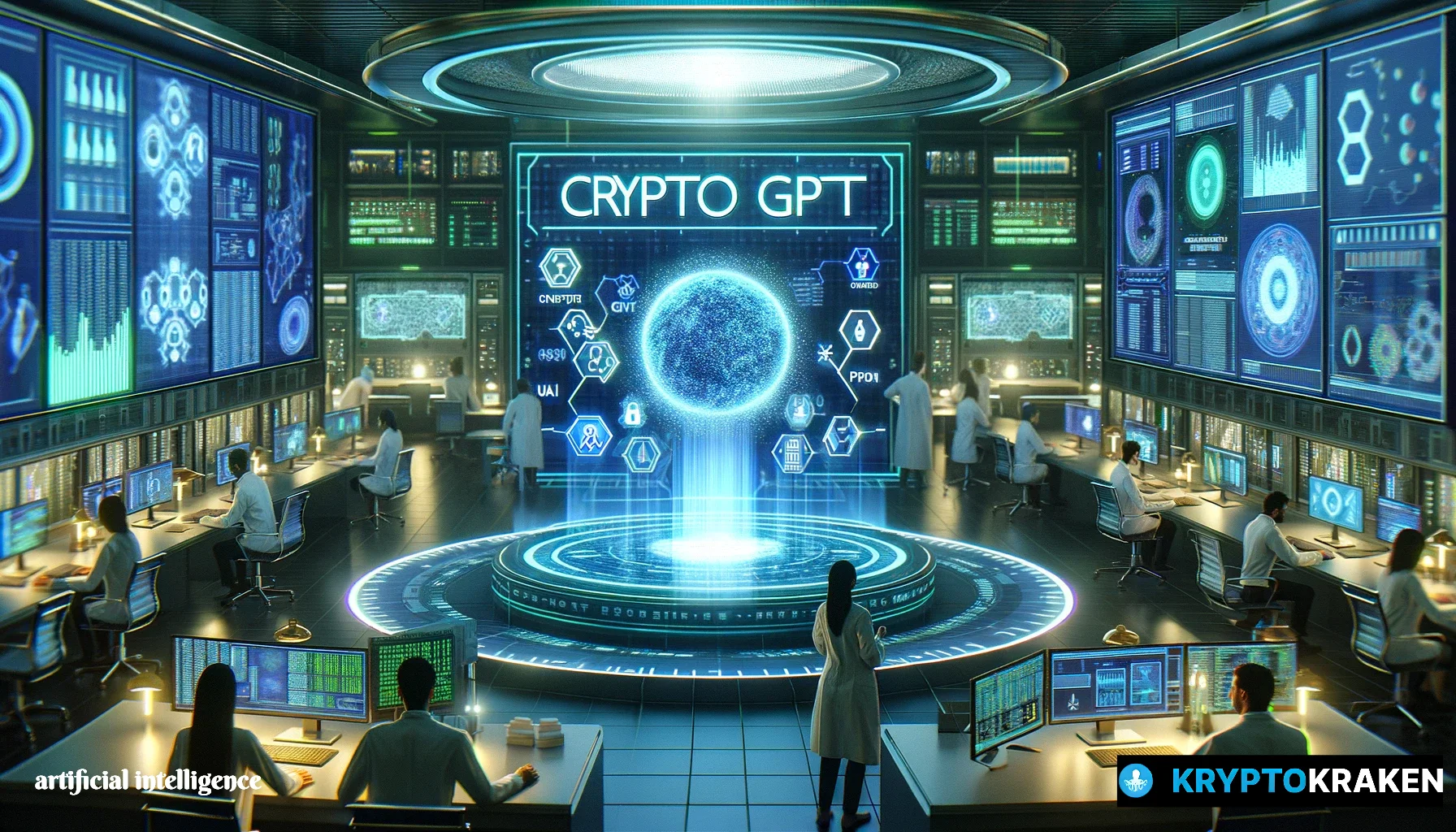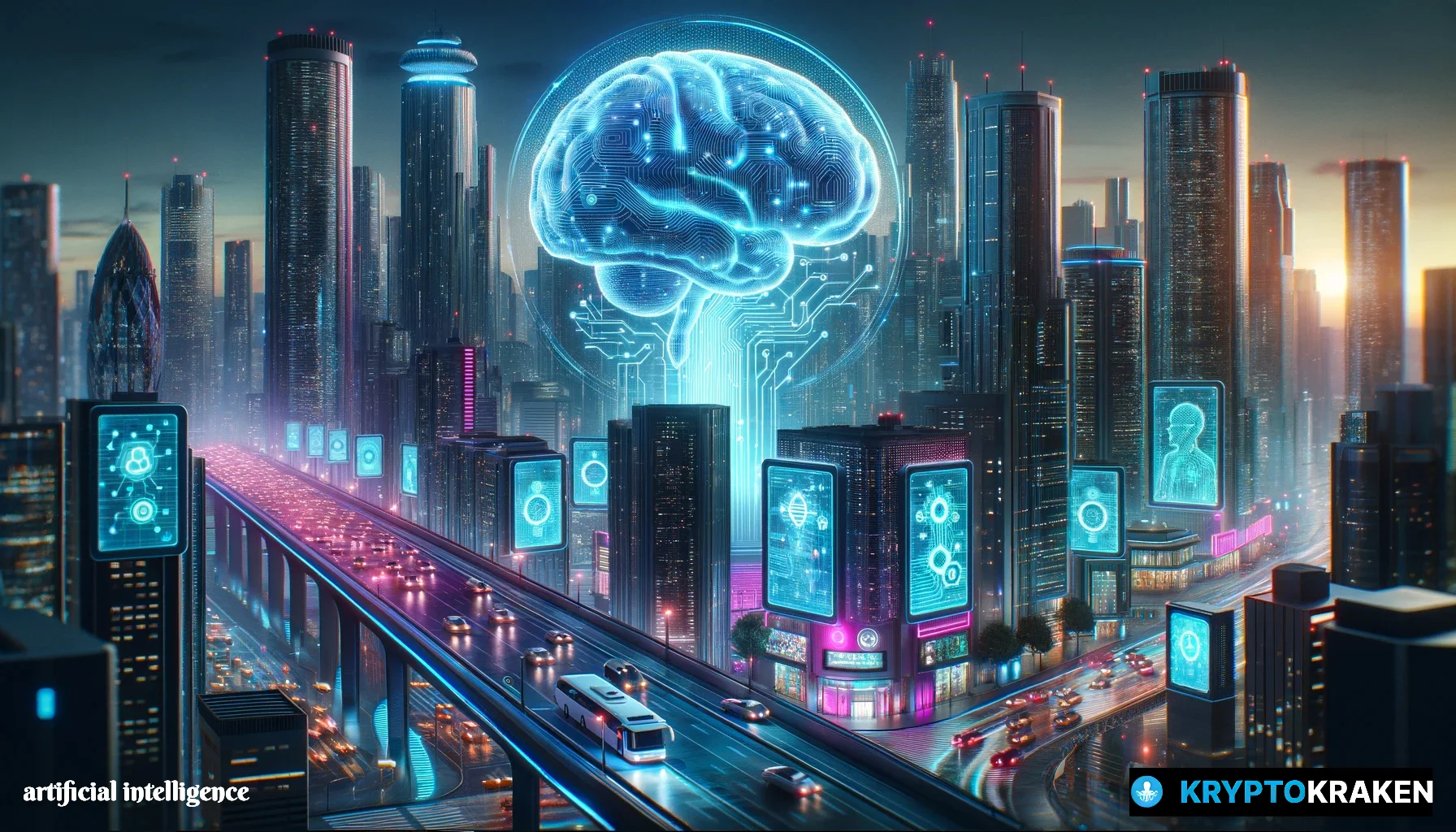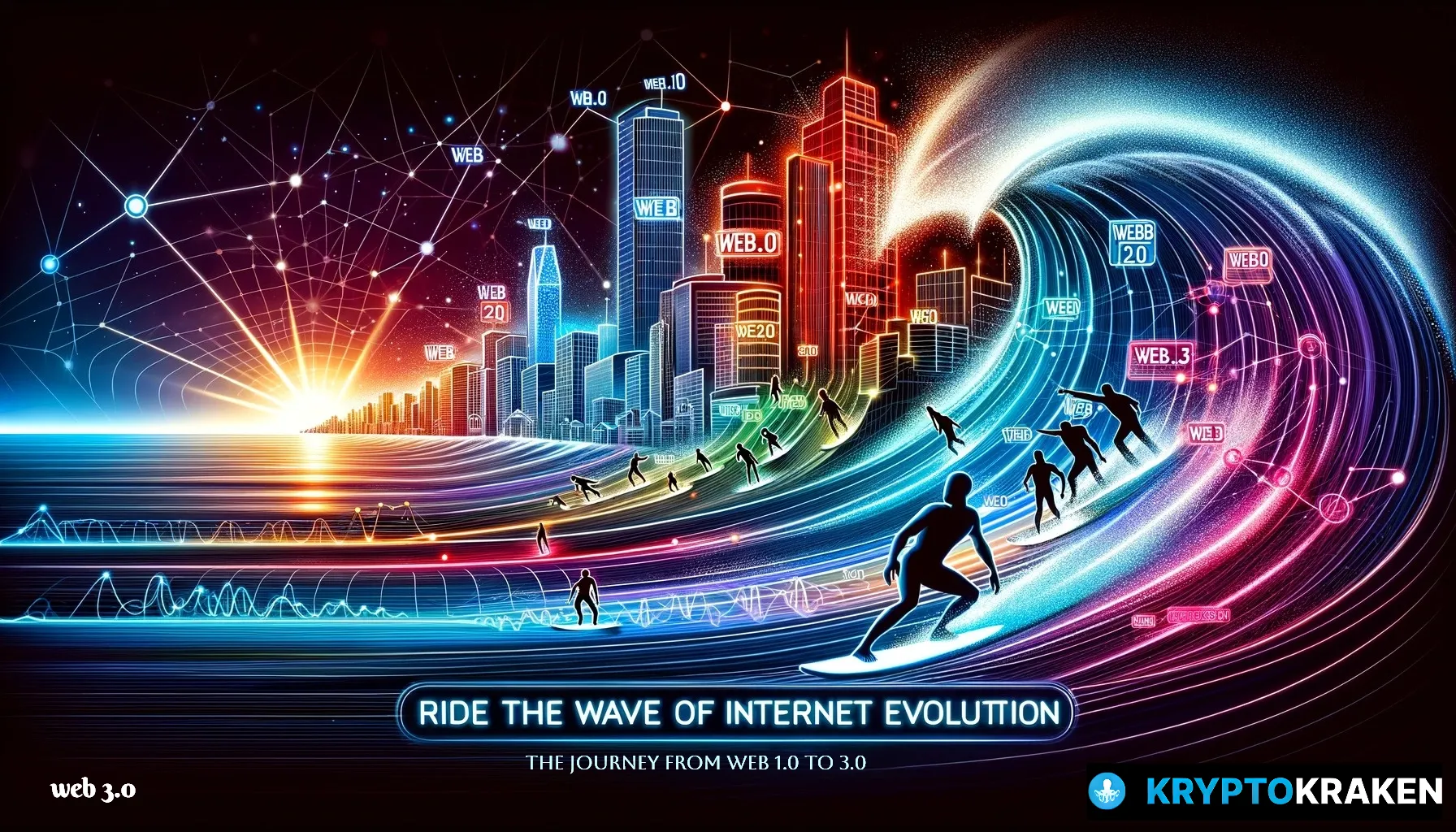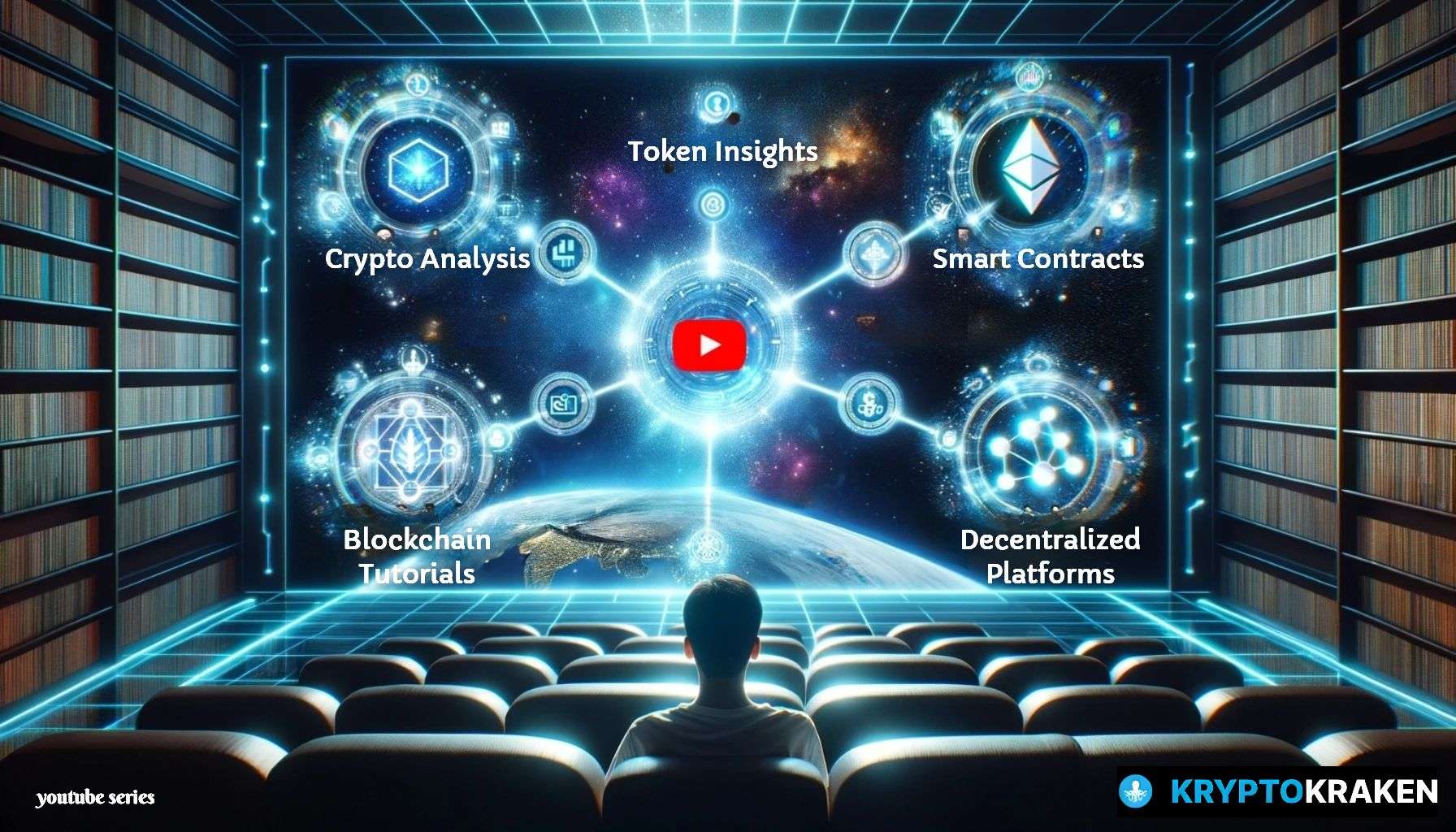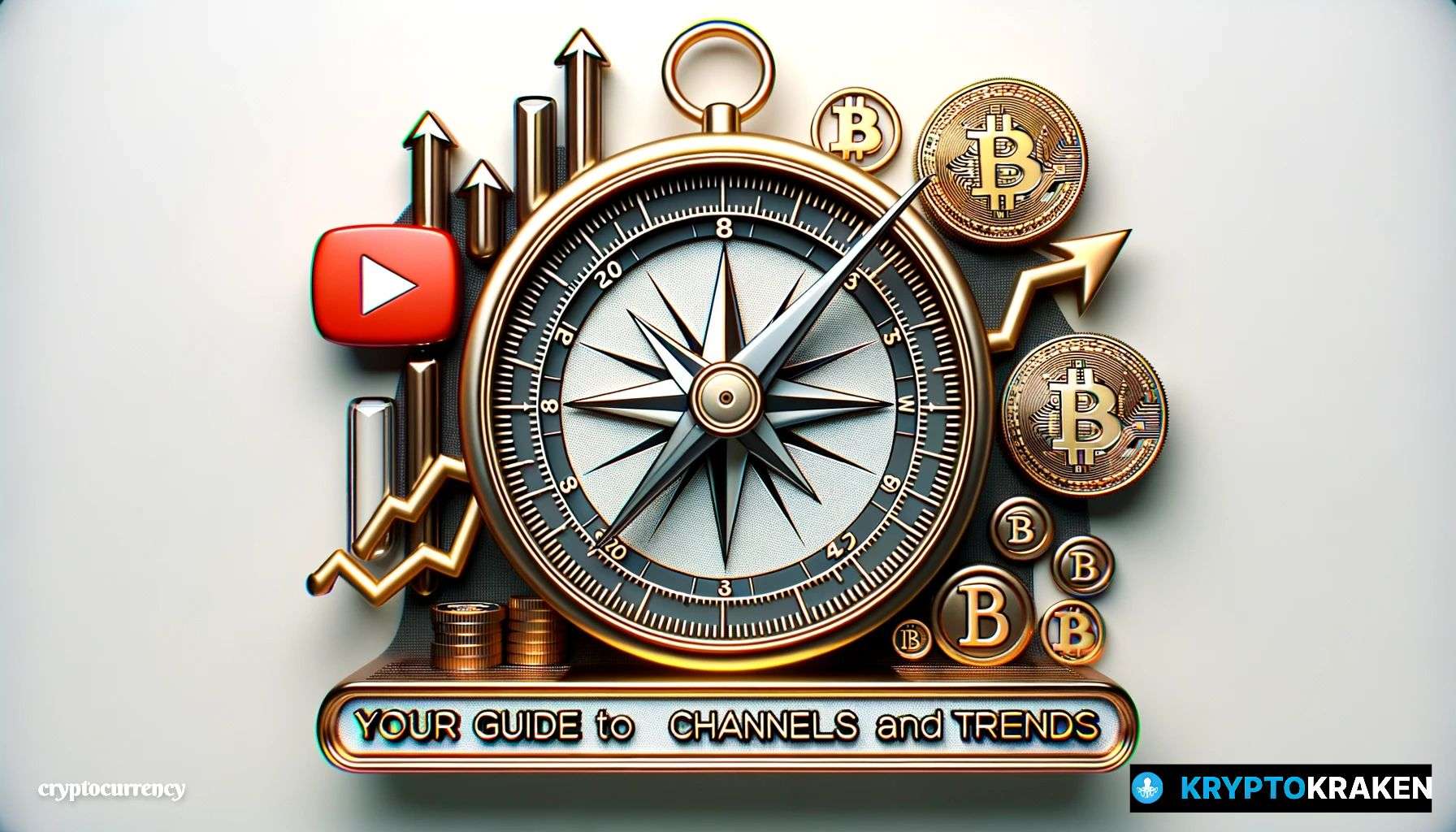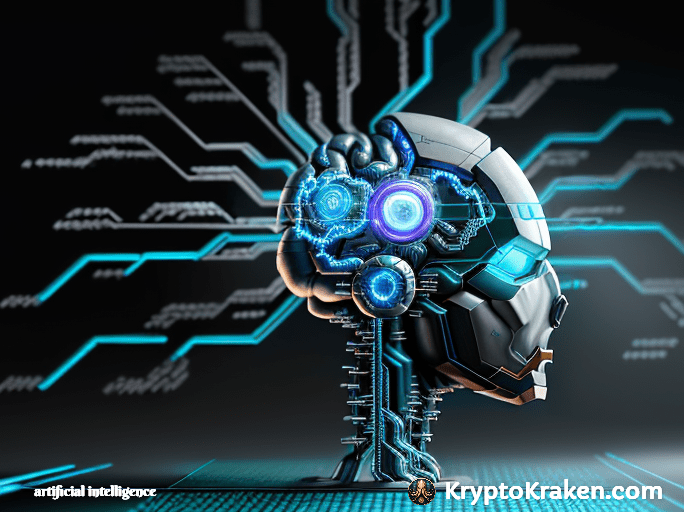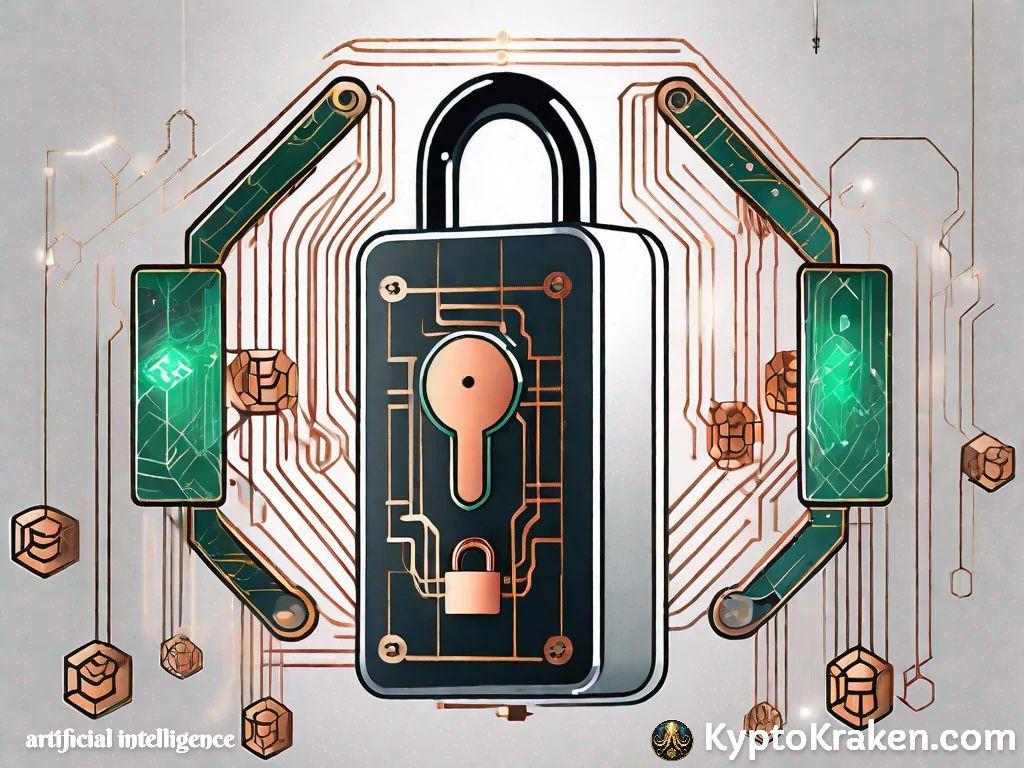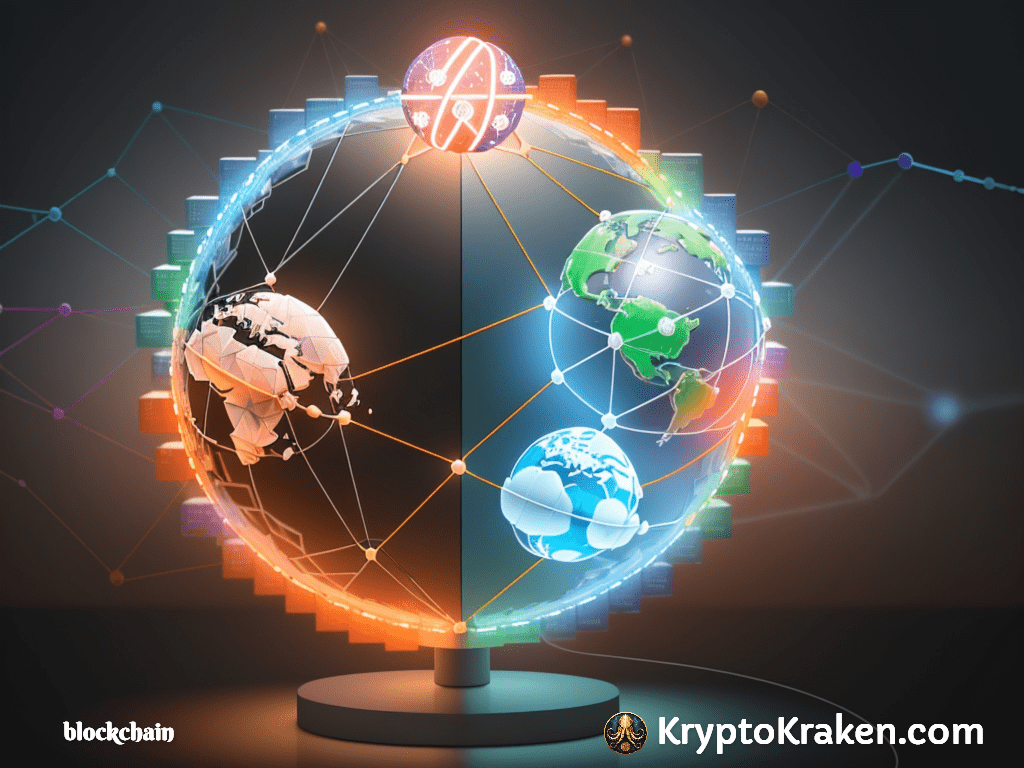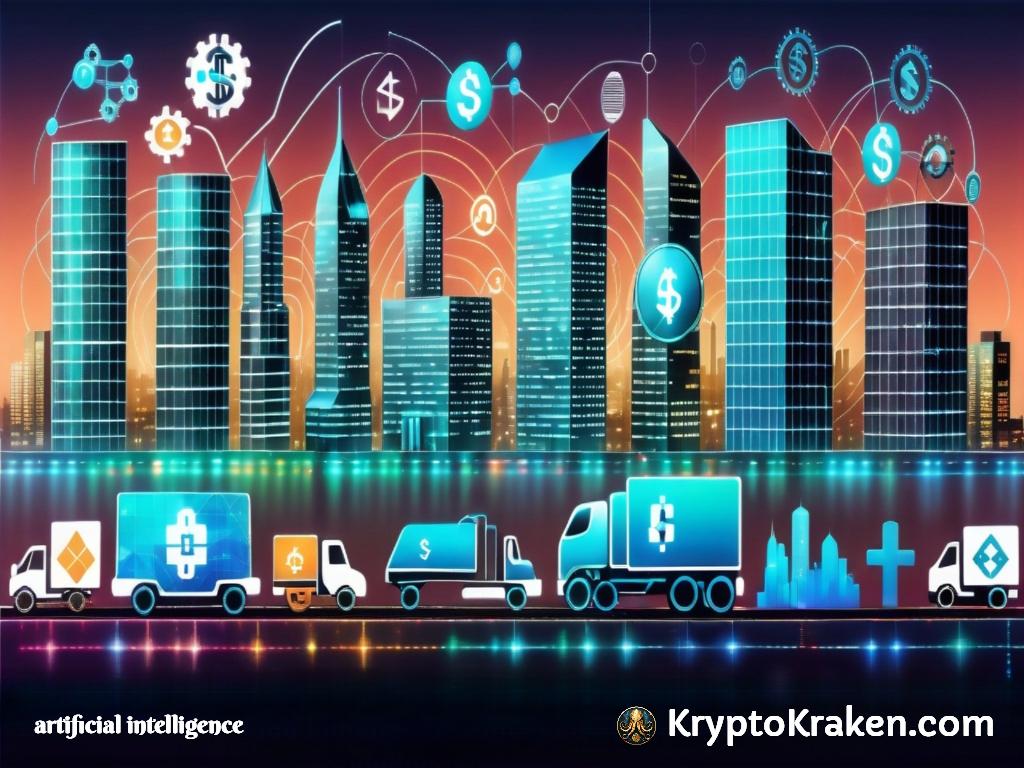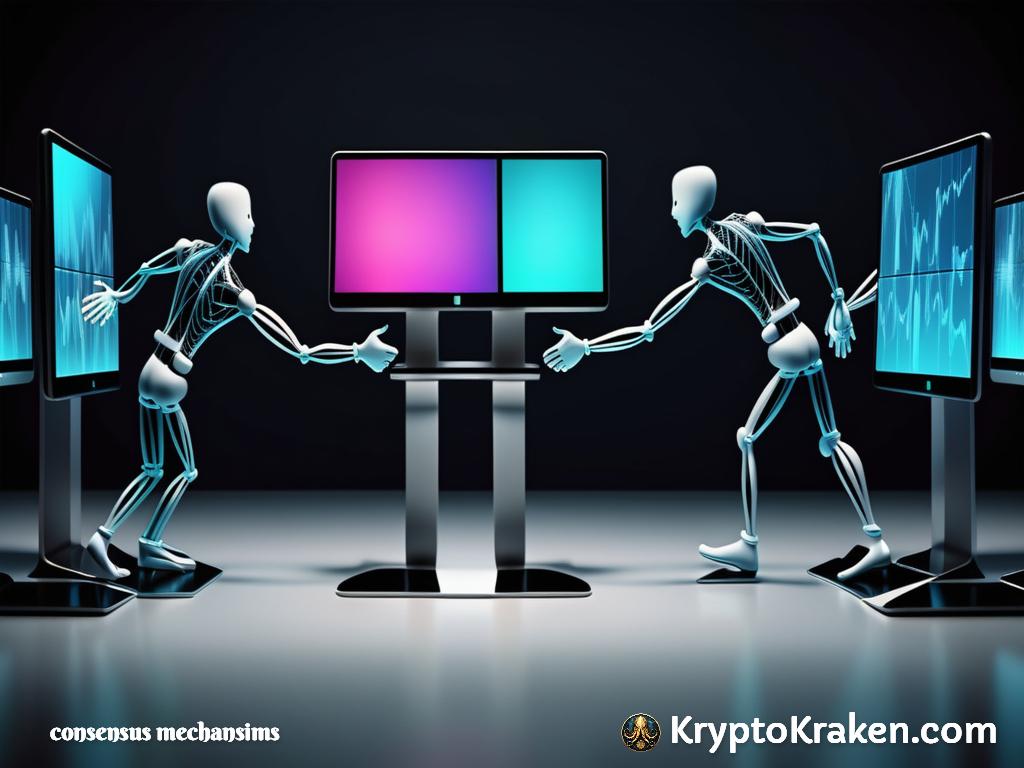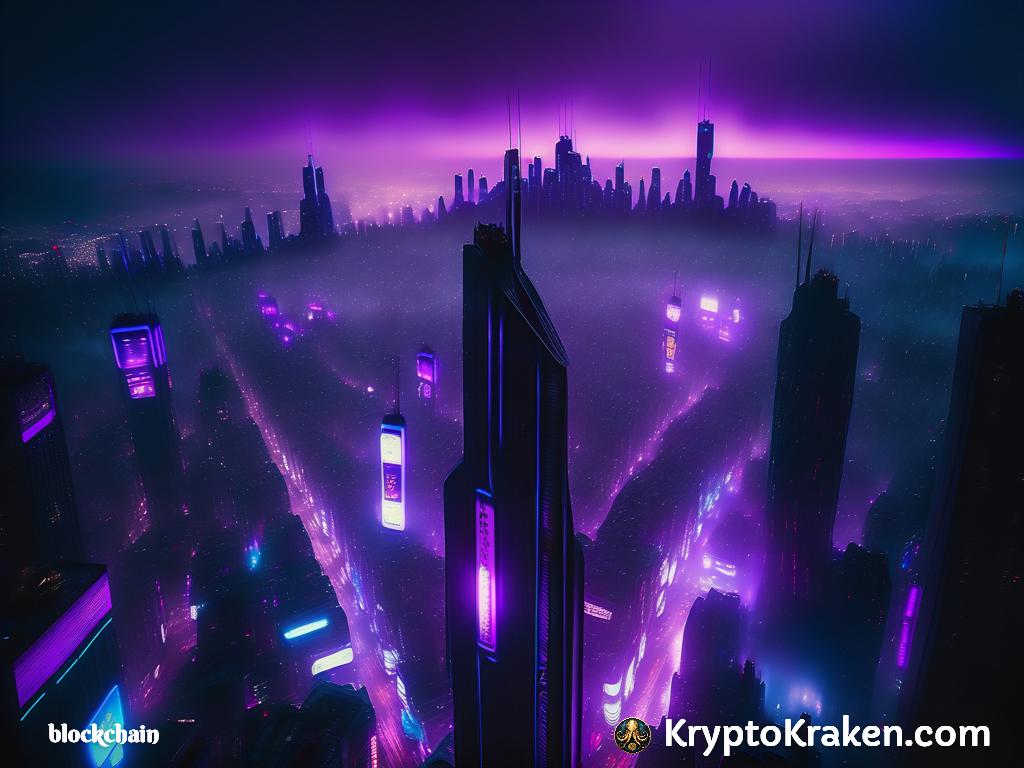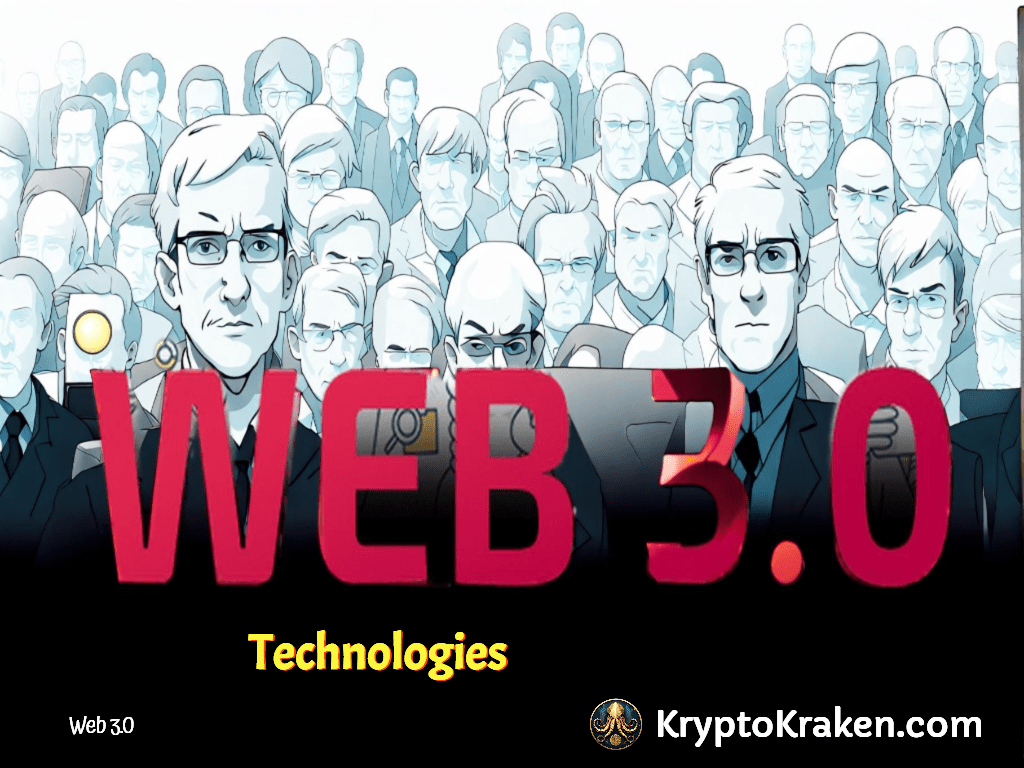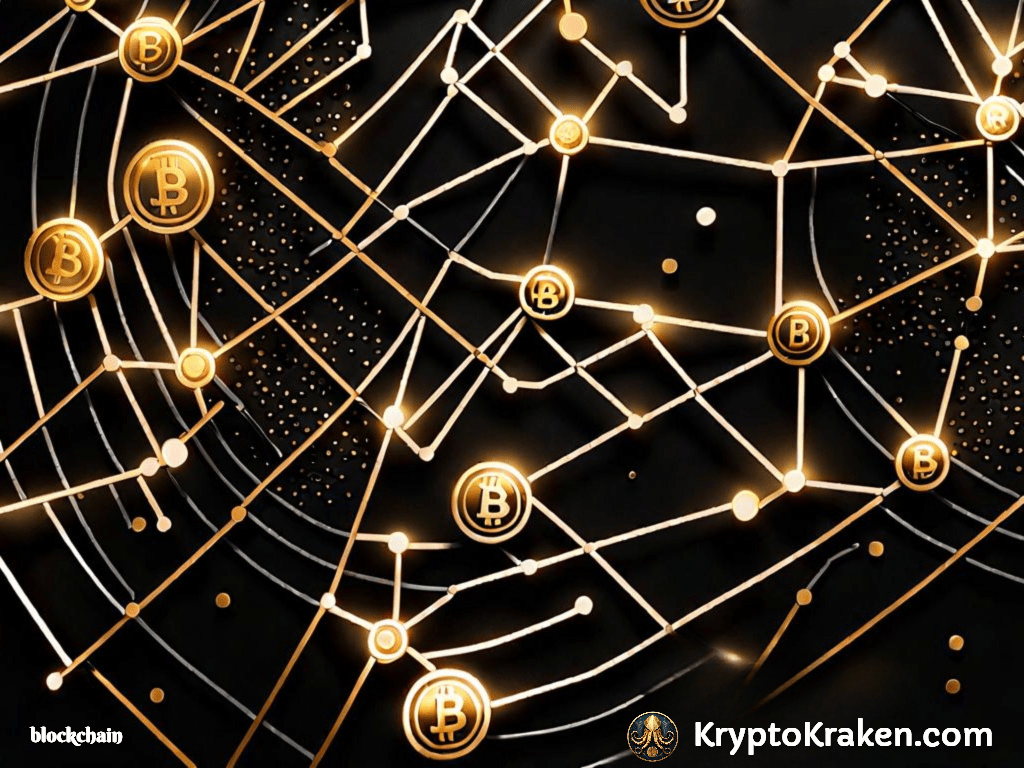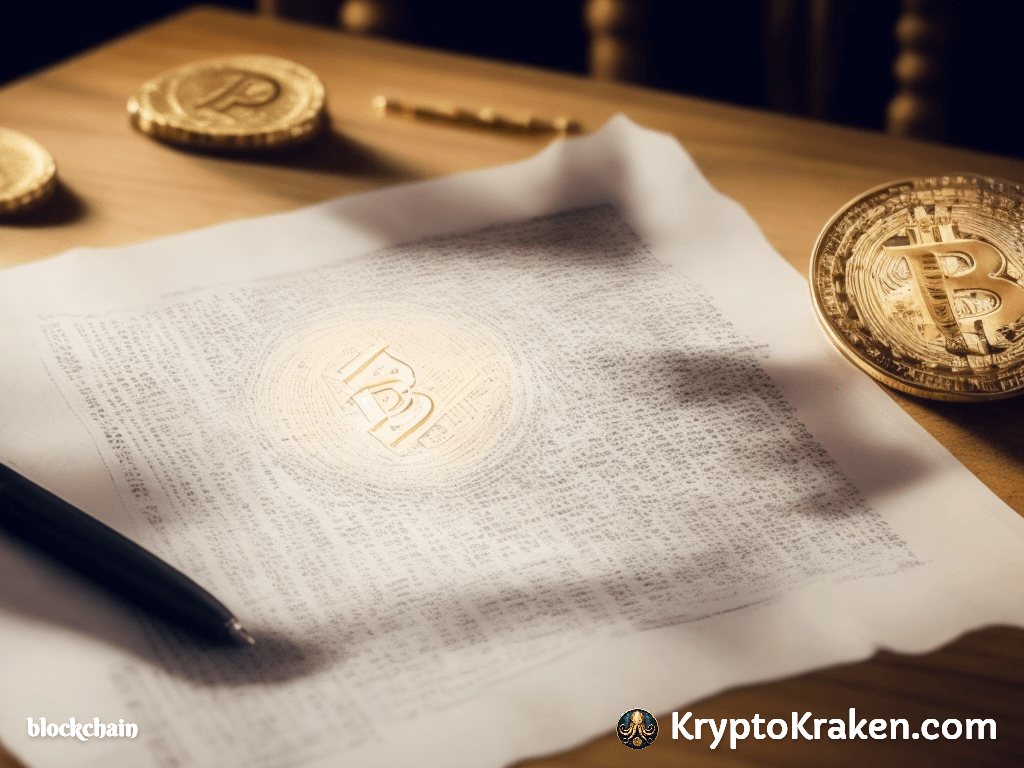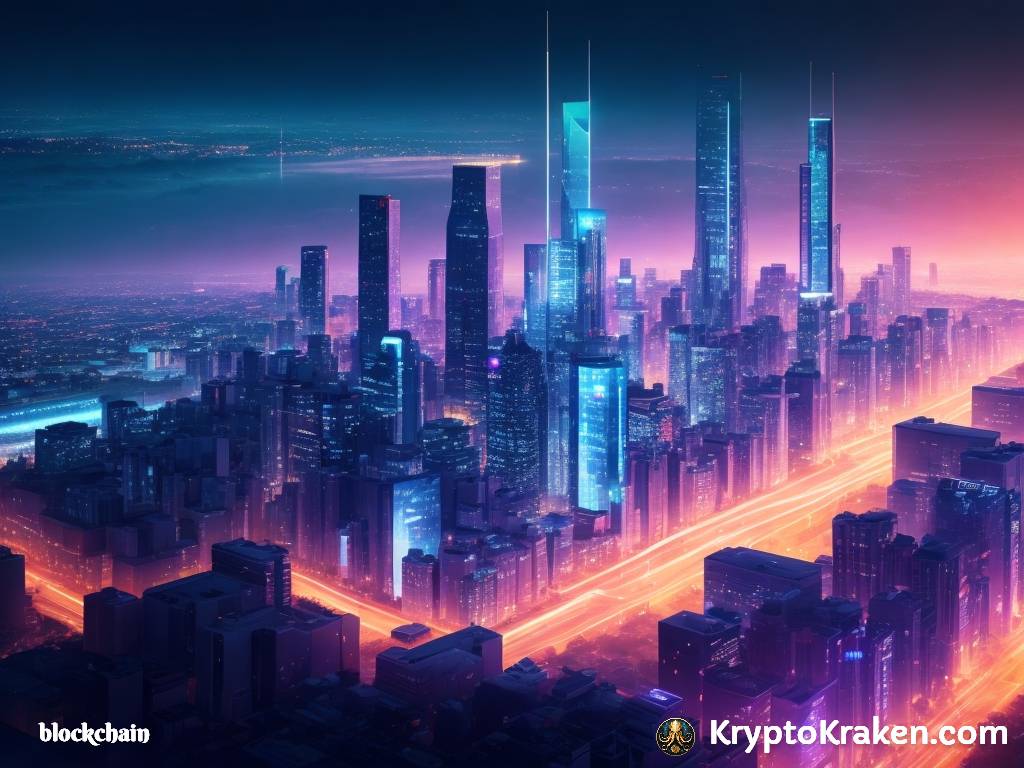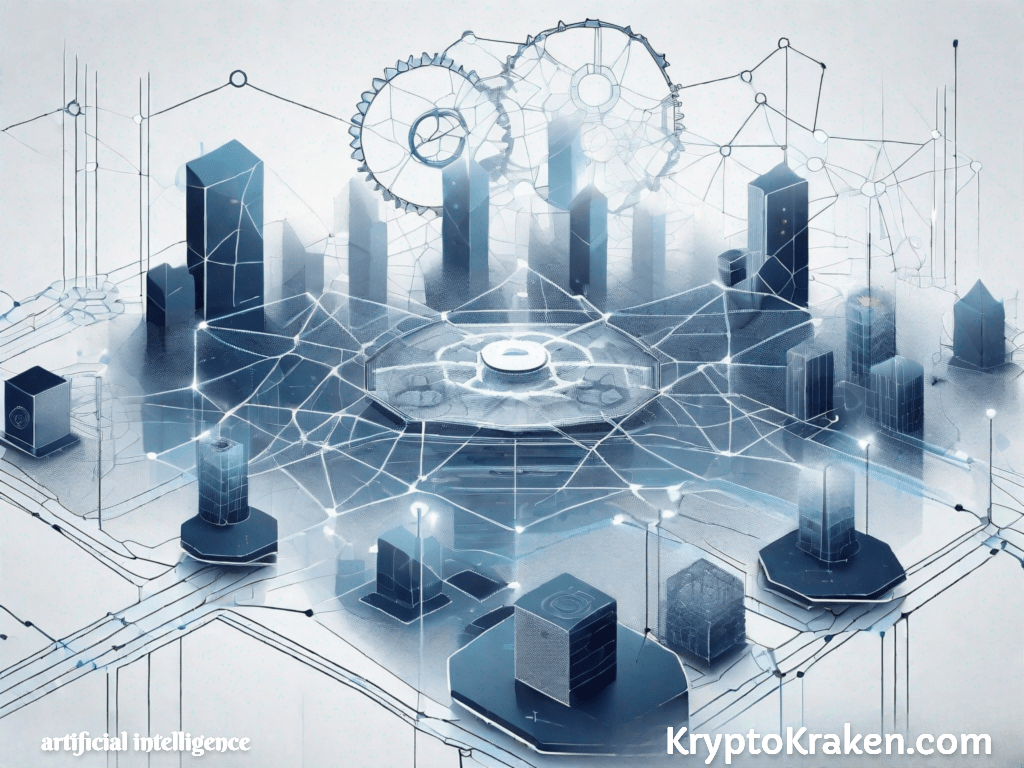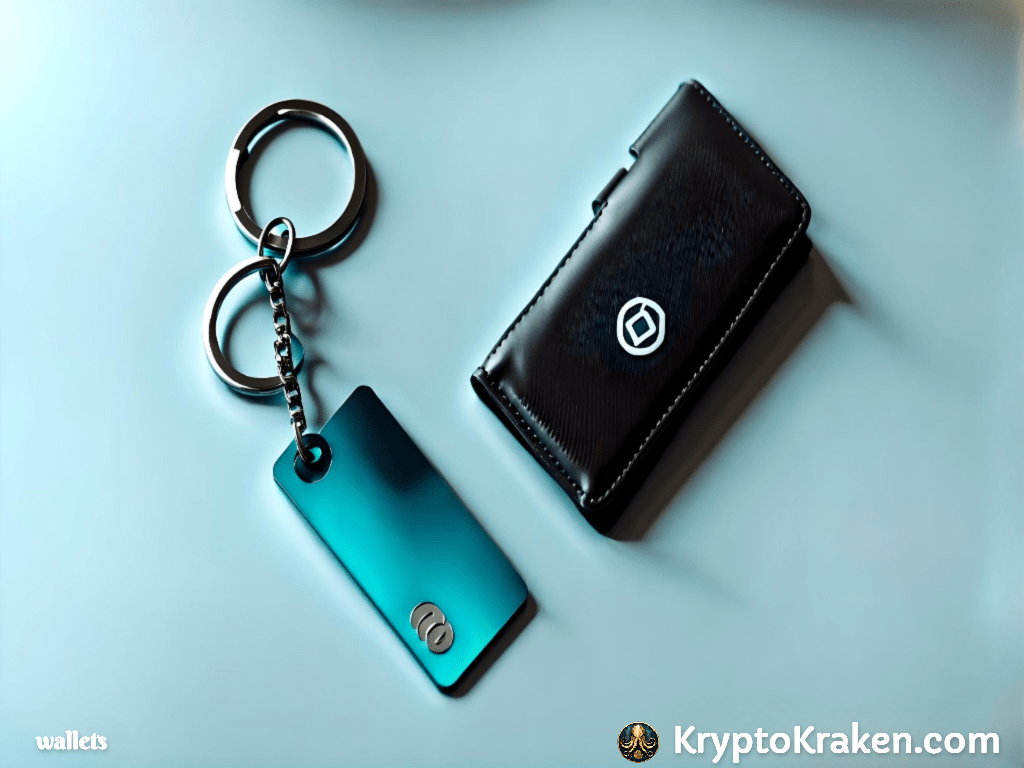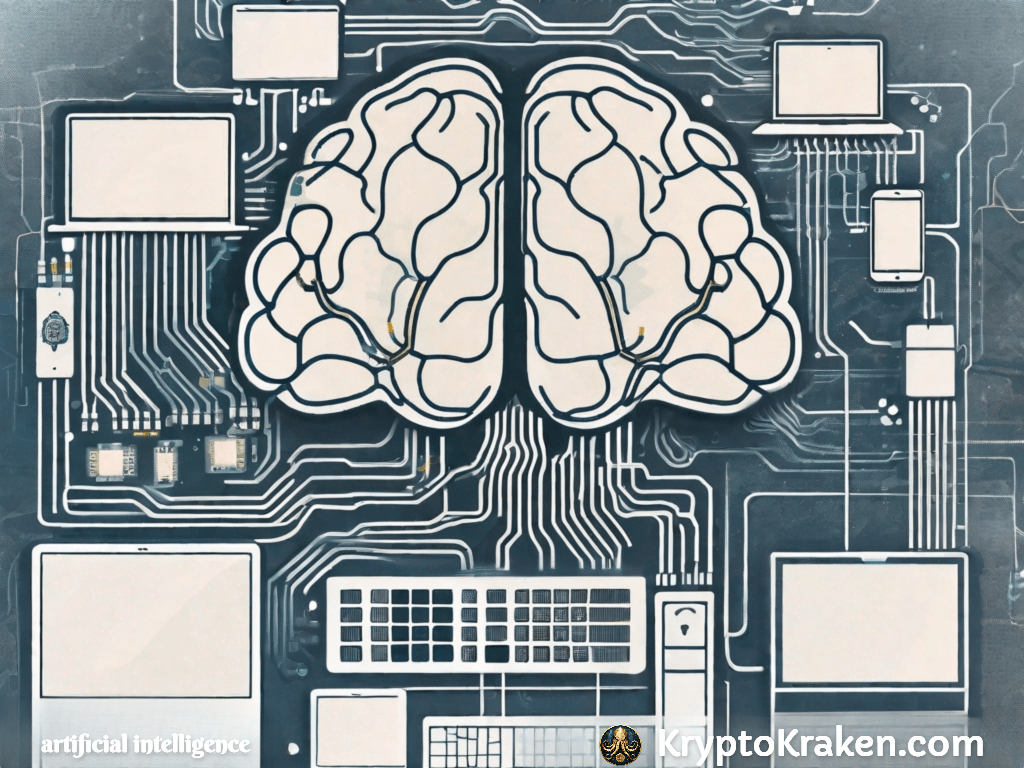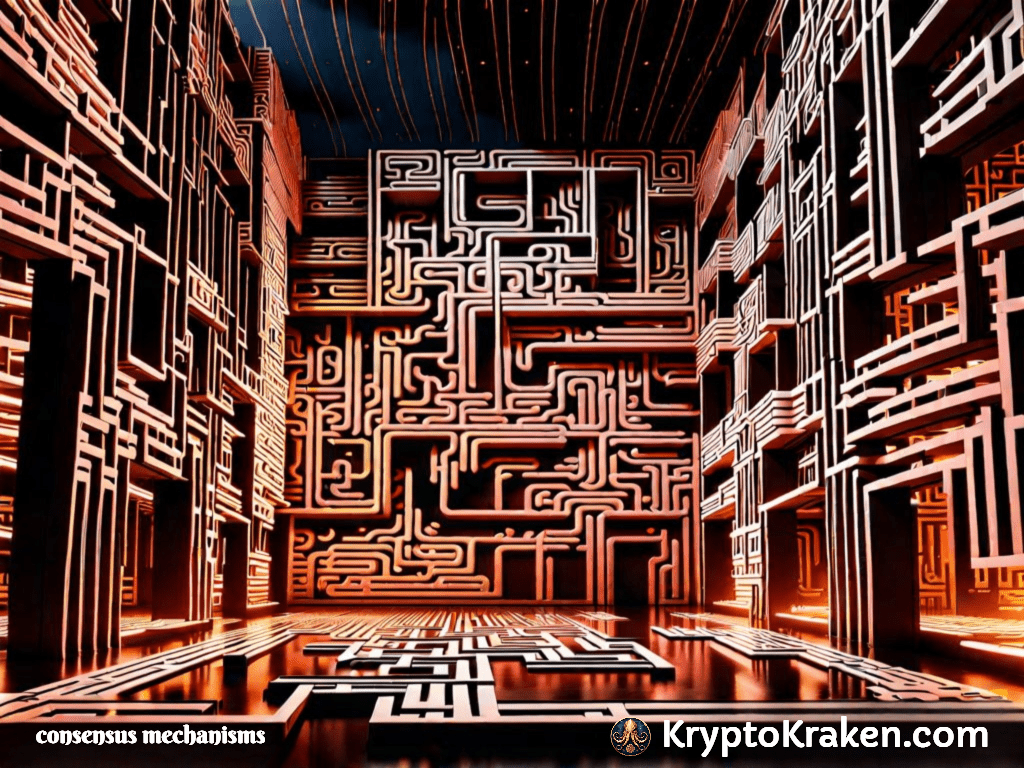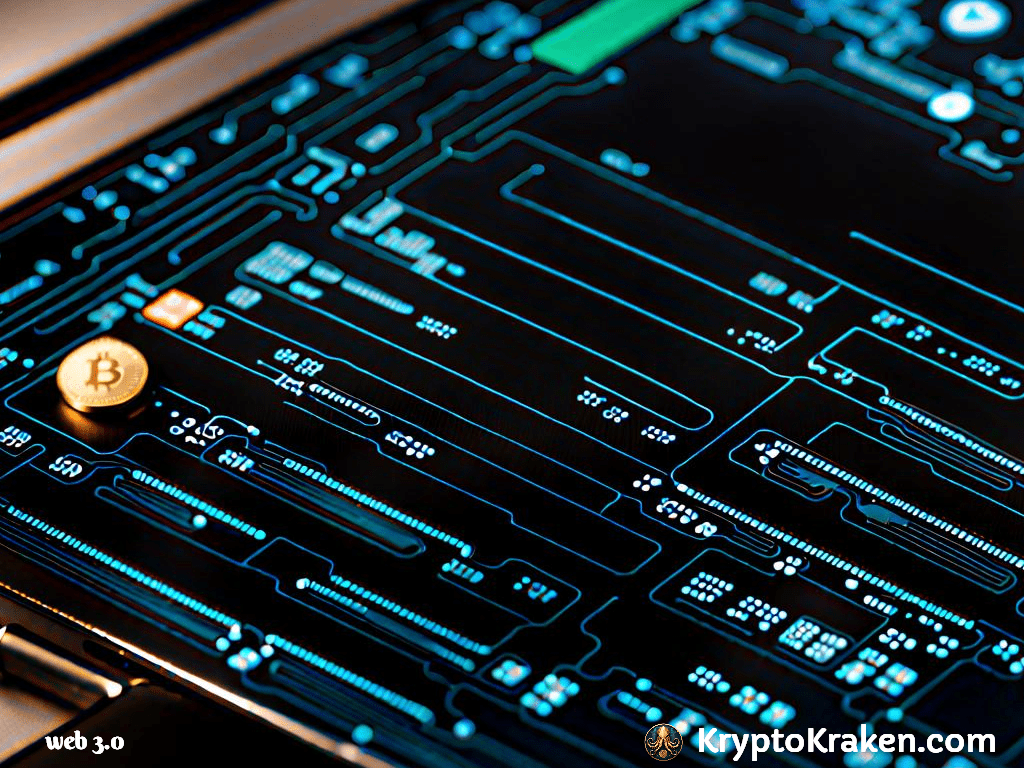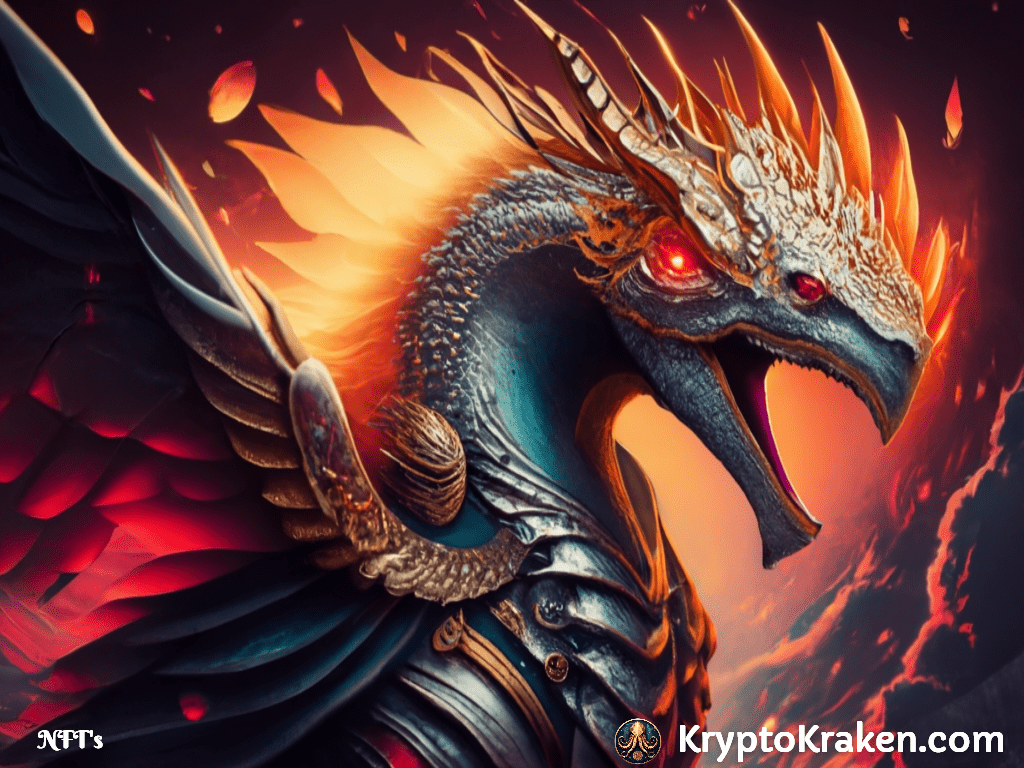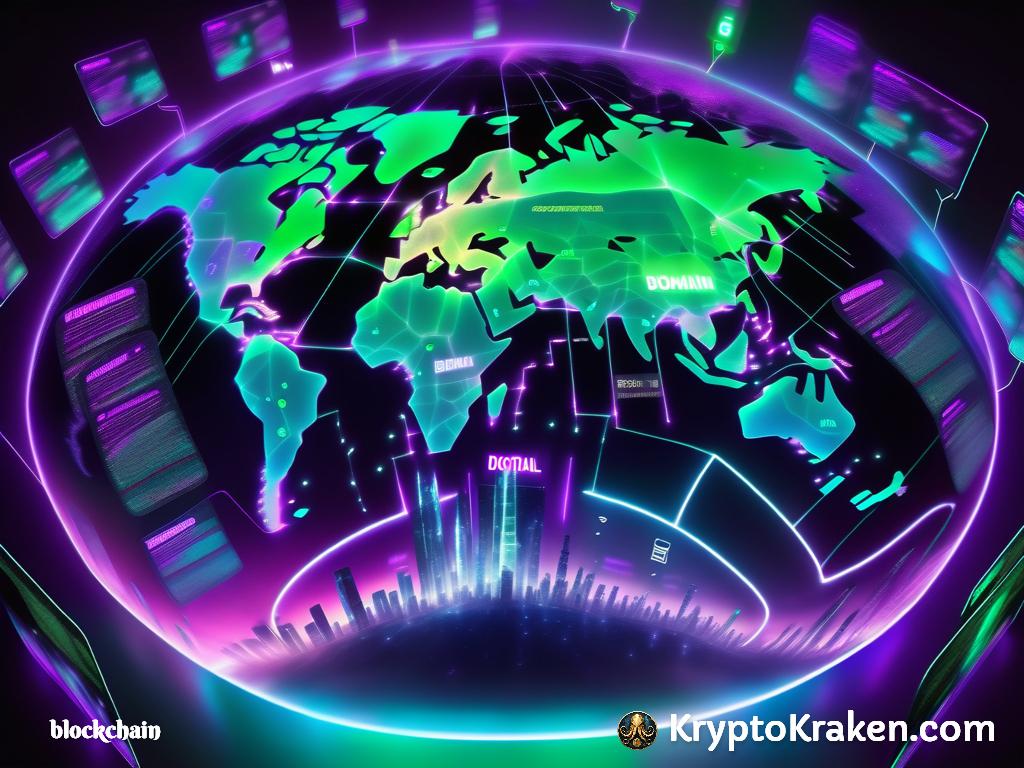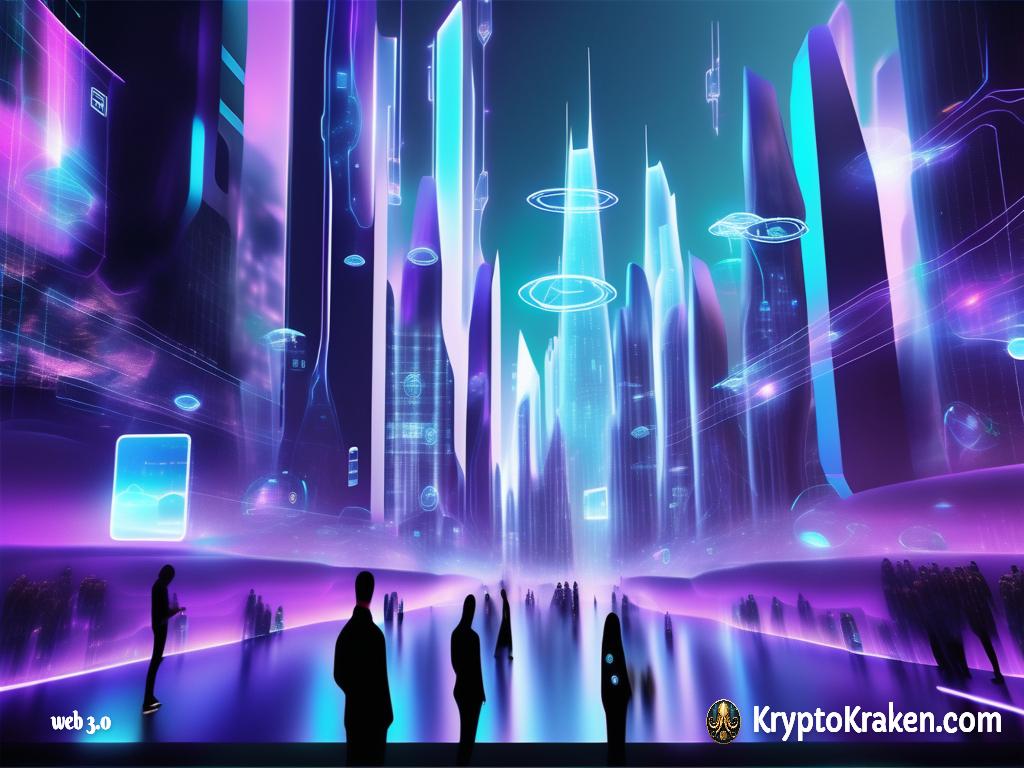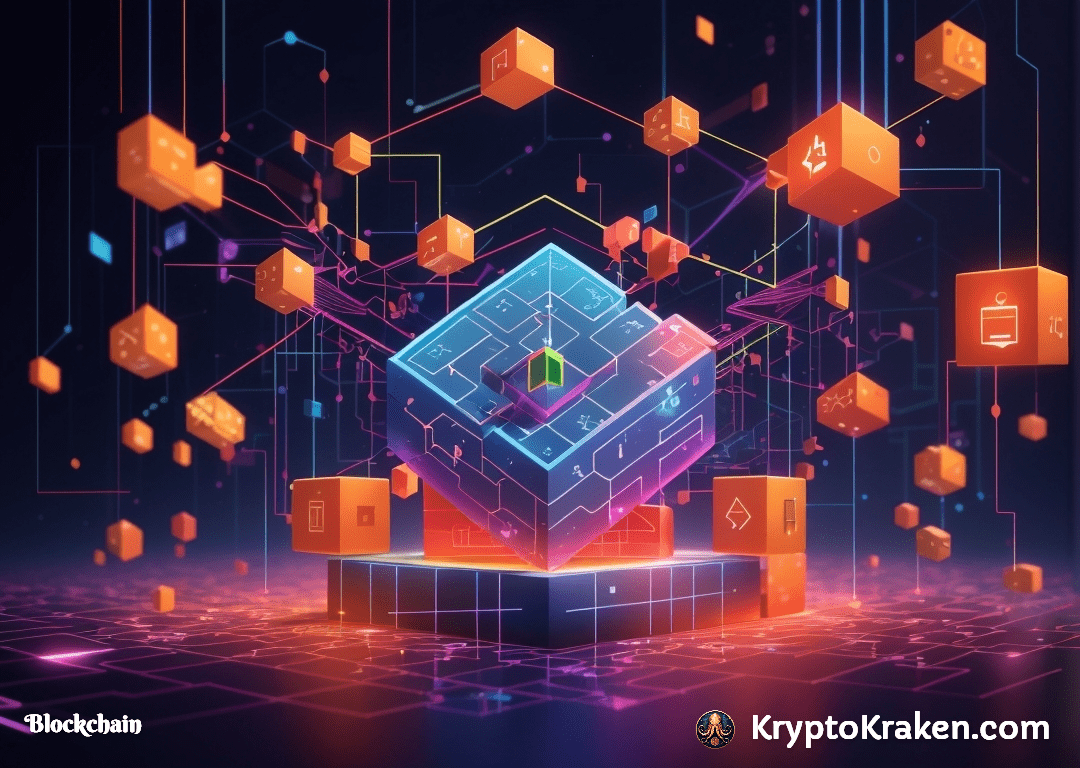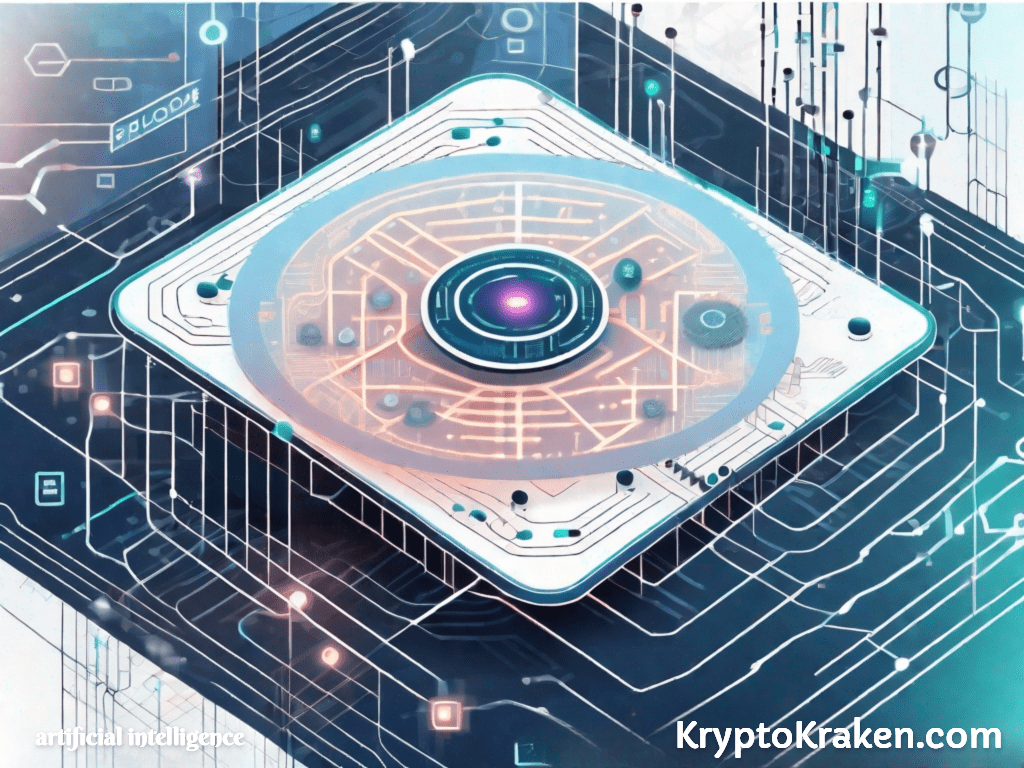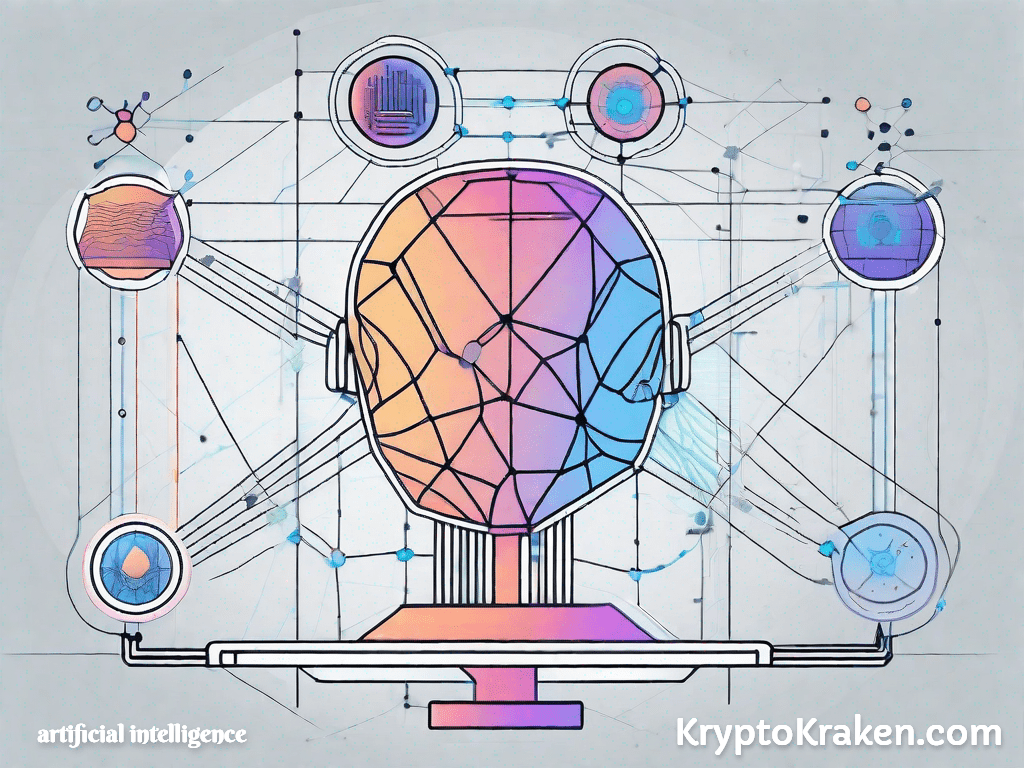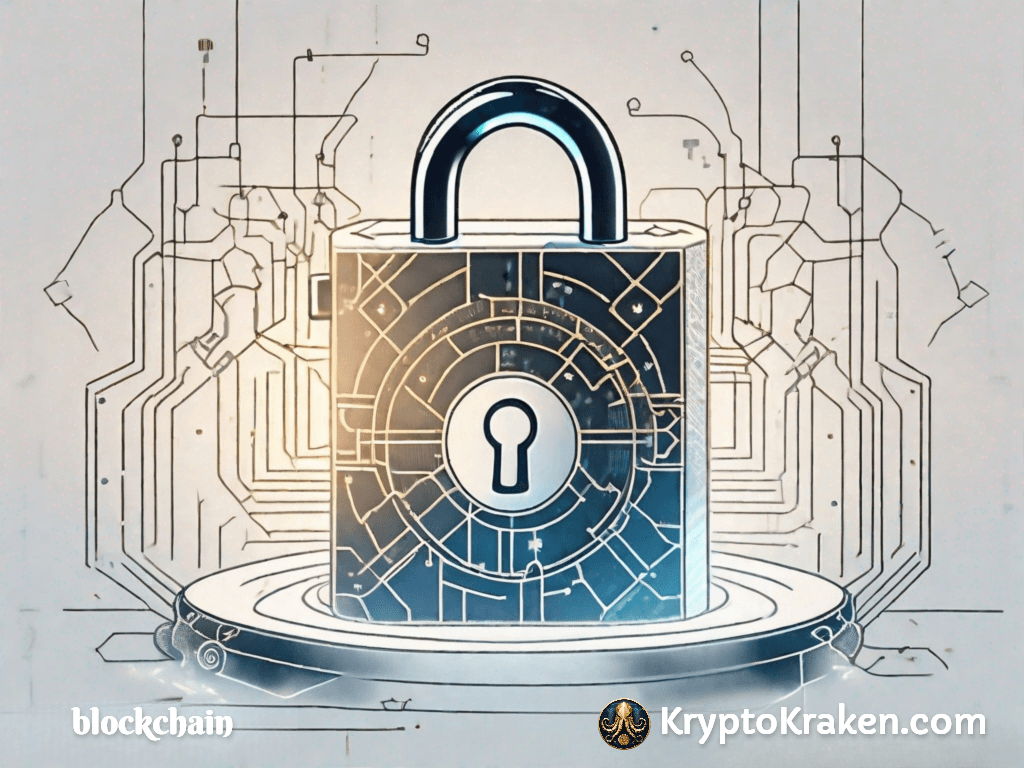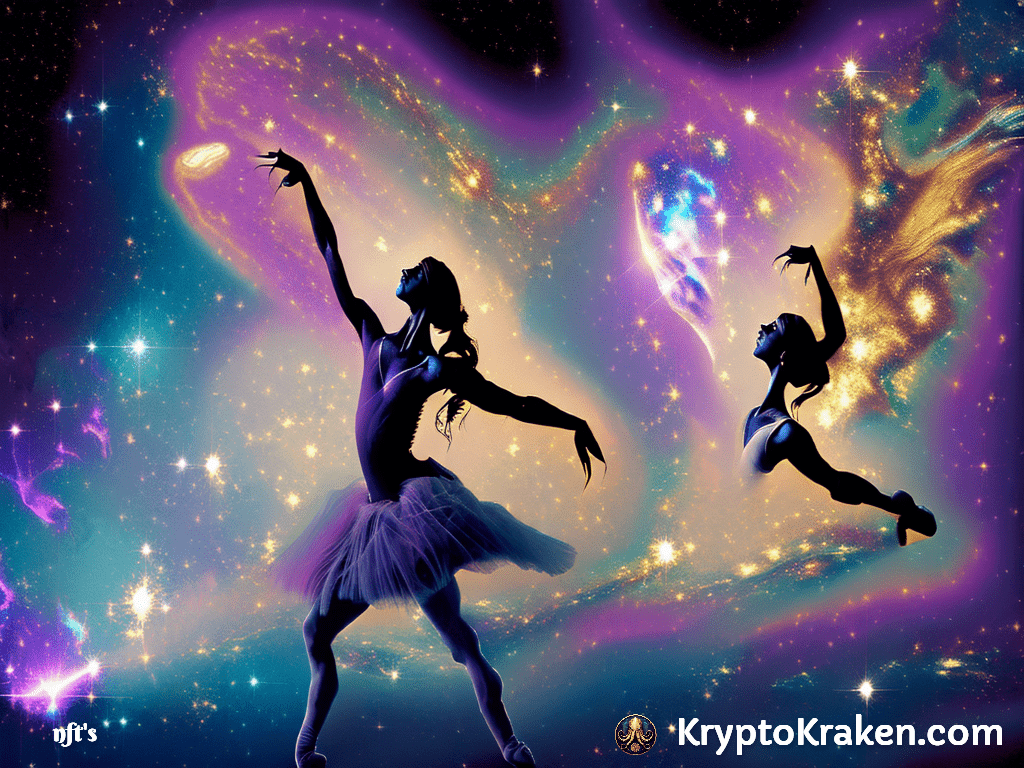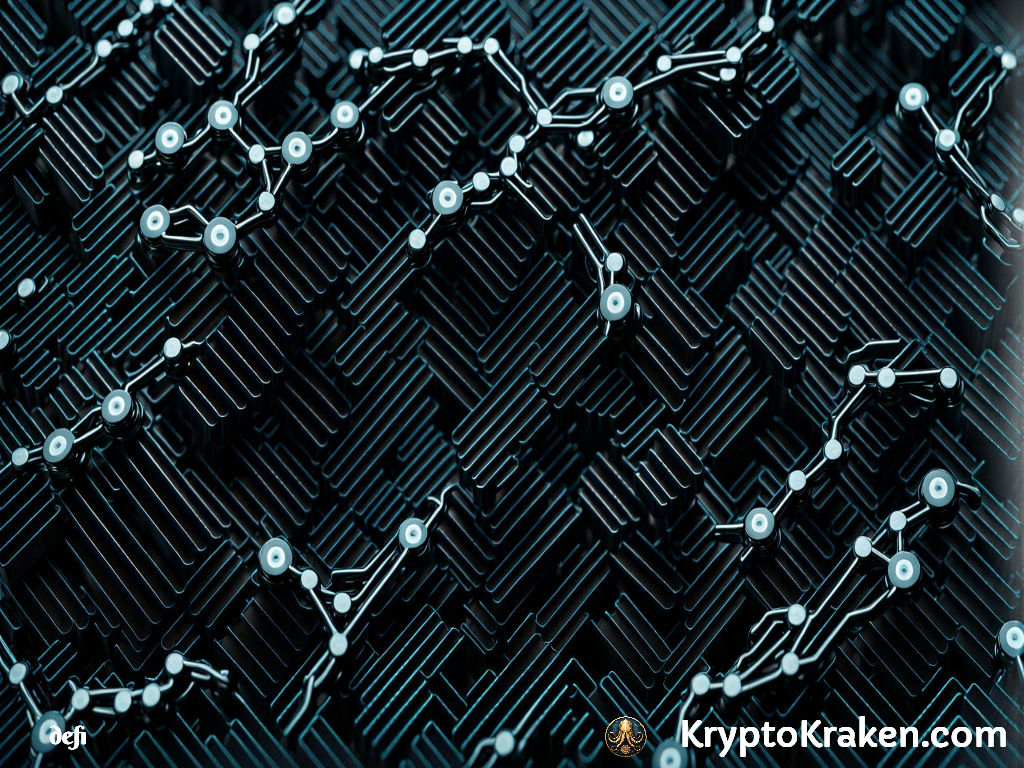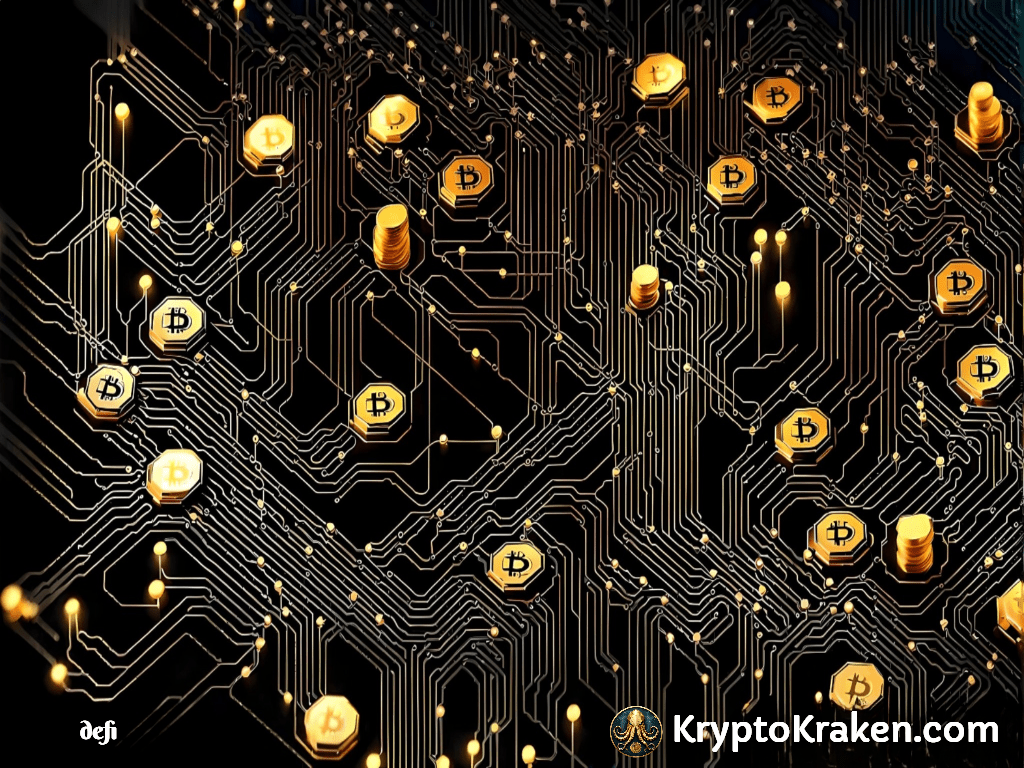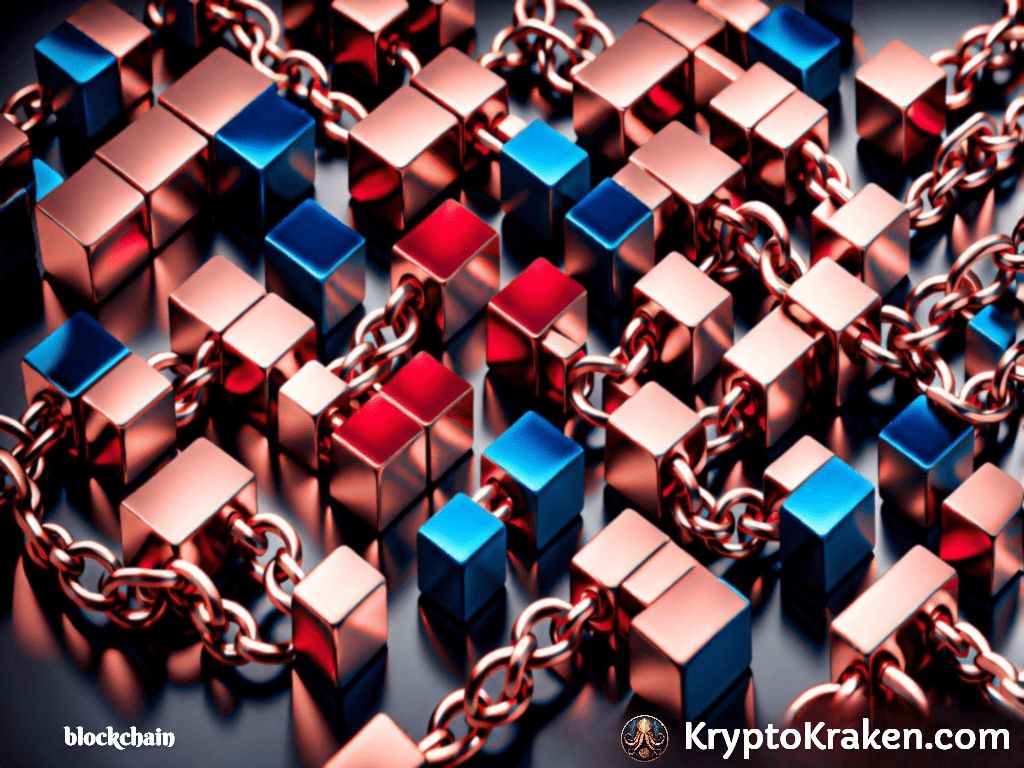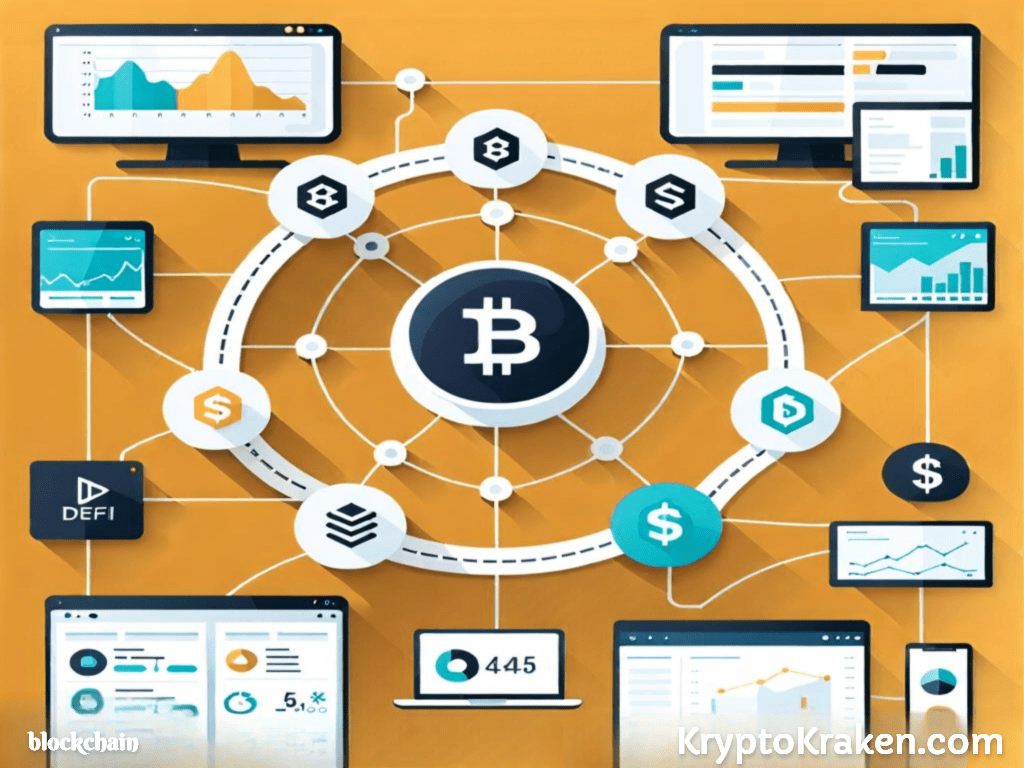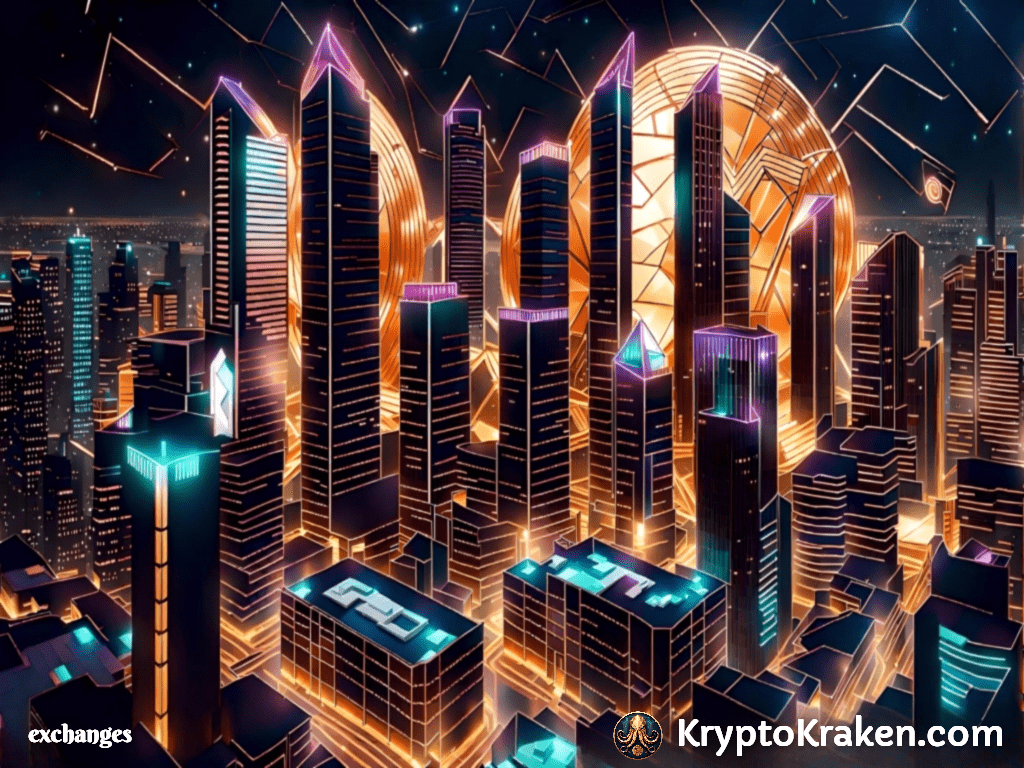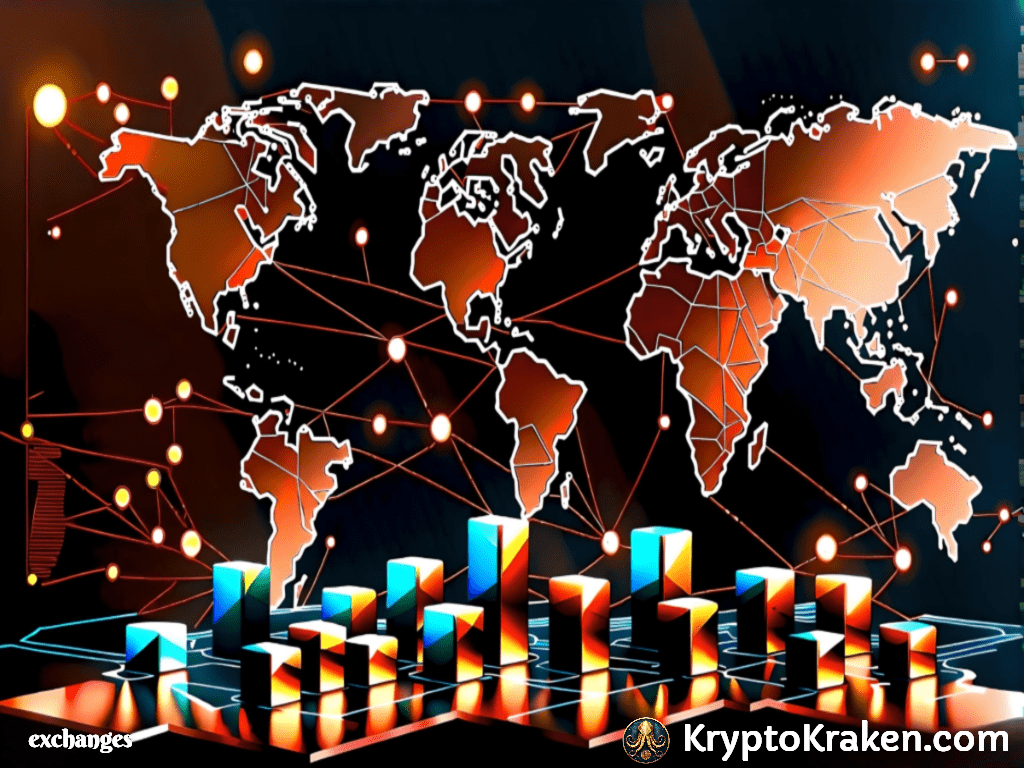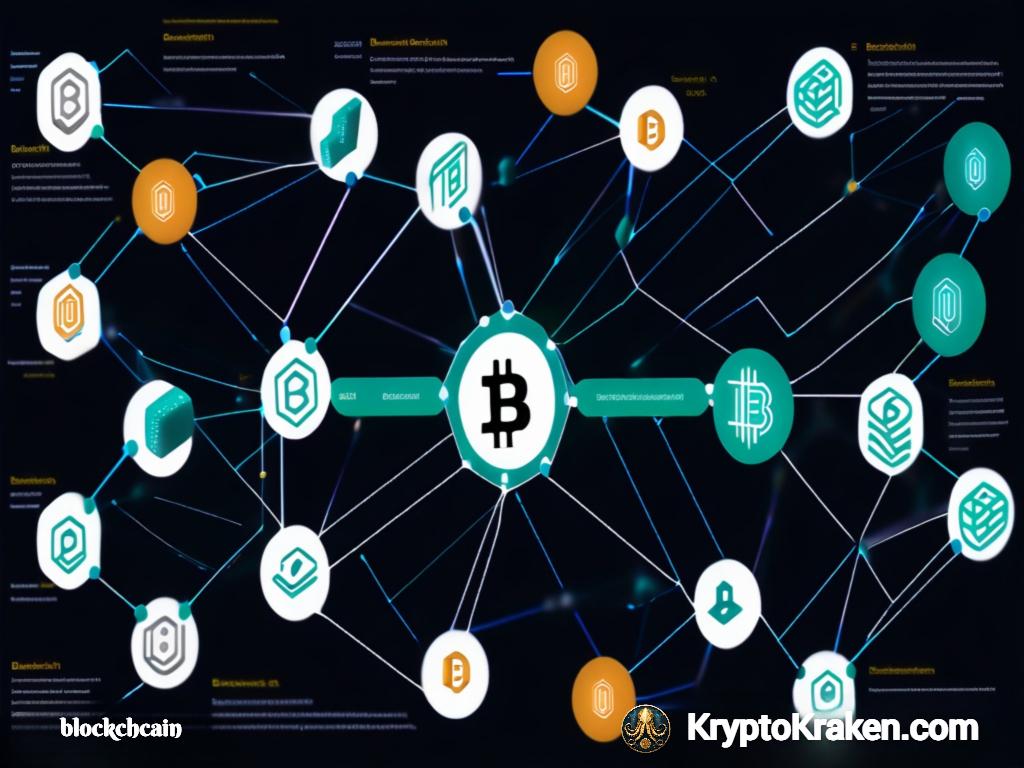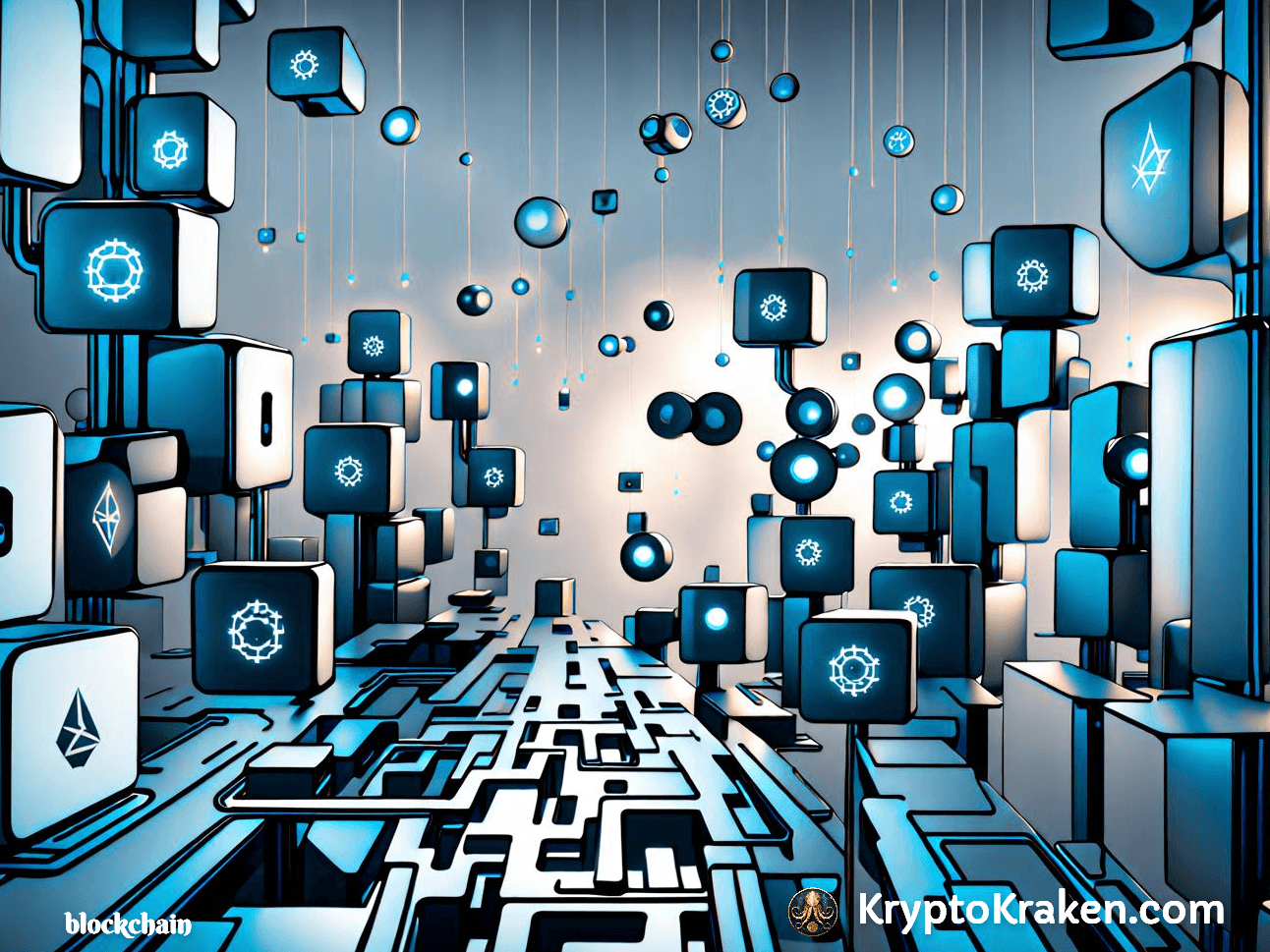
- August 24, 2023
- Carol Thomas
- 0
Table of Contents
Layer 1 Blockchain Platforms: A Look at the Top Players in 2023
As blockchain technology continues to gain widespread recognition and adoption, the demand for reliable and scalable layer 1 blockchain platforms has never been higher. In this article, we will explore the world of layer 1 blockchain platforms and understand what makes them stand out from other blockchain solutions. We will also take a closer look at the top players in the industry, which are expected to dominate the market in 2023.
Understanding Layer 1 Blockchain: A Comprehensive Guide
What is Layer 1 Blockchain and How Does it Work?
Layer 1 blockchain is the underlying infrastructure that the blockchain network is built on, creating a foundation that is responsible for transaction processing, consensus mechanisms, and security. Unlike layer 2 blockchain solutions, which are built on top of existing blockchain networks, layer 1 blockchain is designed from scratch to ensure maximum scalability and security.
The core objective of layer 1 blockchain is to provide a decentralized, trustless, and tamper-proof infrastructure that can facilitate secure and transparent transactions without the need for intermediaries. This is achieved by leveraging advanced cryptographic techniques such as digital signatures, public-key encryption, and consensus mechanisms such as proof-of-work (PoW), proof-of-stake (PoS), and delegated proof-of-stake (dPoS).
Layer 1 blockchain solutions are characterized by their high capacity to process transactions, low latency times, and high scalability. These features enable them to handle a large volume of transactions quickly and efficiently, making them ideal for use cases that require high-performance blockchain solutions.
Exploring Different Types of Layer 1 Blockchain Solutions
An Overview of Proof of Work, Proof of Stake, and Delegated Proof of Stake
Proof of Work (PoW) is the original consensus algorithm used in the Bitcoin blockchain. Under this mechanism, miners compete to solve complex mathematical puzzles to validate transactions and earn rewards. Proof of Stake (PoS) and Delegated Proof of Stake (dPoS) are newer consensus algorithms that improve upon the inefficiencies of PoW.
Under PoS, the validator nodes that validate transactions are selected based on the amount of cryptocurrency they hold and are willing to “stake” or “lock up” for a set period. In contrast, dPoS uses a small group of validators, who are voted in by other stakeholders to validate transactions. This mechanism is faster, less energy-intensive and more secure than PoW, making it a popular choice for newer blockchain platforms.
Understanding Sharding and Its Role in Layer 1 Blockchain
Sharding is a process of partitioning large amounts of data into smaller, more manageable parts, improving the performance and scalability of the network. In layer 1 blockchain, sharding involves splitting the main blockchain into smaller partitions, called shards, which operate as independent units. This greatly reduces the burden on the network and improves scalability.
Sharding is a critical feature of layer 1 blockchain solutions as it enables them to handle a large volume of transactions concurrently and provides a high level of security against attacks and hacks.
Layer 1 vs Layer 2: Which One is Right for You?
The Pros and Cons of Layer 1 and Layer 2 Blockchain Solutions
Layer 1 blockchain and layer 2 blockchain solutions have different strengths and weaknesses that make them suitable for different use cases.
Layer 1 blockchain is ideal for use cases that require high speed, scalability, and security, such as decentralized finance (DeFi), gaming, and social media platforms. In contrast, layer 2 solutions, such as payment channels and sidechains, are designed to enhance the scalability and efficiency of the main blockchain network by offloading some of the transaction processing to a secondary layer.
While layer 2 solutions are faster and more efficient, they also have limitations such as increased risk of centralization and reduced security, making them more suitable for certain use cases than others.
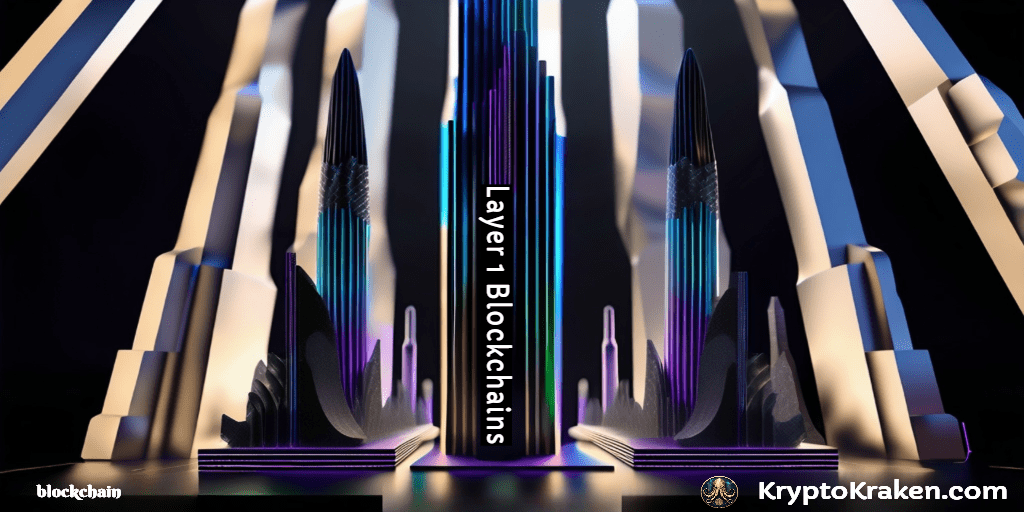
Top Layer 1 Blockchain Platforms to Watch in 2023
Ethereum: The King of Layer 1 Blockchain
Ethereum is the most widely used layer 1 blockchain platform, with a market capitalization of over $100 billion as of 2021. Ethereum is known for its highly scalable and secure infrastructure, which enables developers to build decentralized applications (DApps) and smart contracts on top of the network.
Ethereum is expected to remain the dominant layer 1 blockchain solution in 2023, with the upcoming implementation of Ethereum 2.0 promising to enhance the scalability and efficiency of the network, making it even more attractive to developers and businesses.
Binance Smart Chain: A Fast and Affordable Alternative to Ethereum
Binance Smart Chain is a newer layer 1 blockchain platform built to provide a fast, scalable, and affordable alternative to Ethereum. The platform uses a dual-chain architecture that combines the advantages of a high-speed Binance Chain with smart contract functionality, making it a popular choice among developers for building DApps and DeFi solutions.
Binance Smart Chain is expected to gain momentum in 2023, with its low transaction fees and high-speed transaction processing making it an attractive option for businesses looking to adopt blockchain solutions.
Cardano: The Eco-Friendly Blockchain Solution
Cardano is a layer 1 blockchain platform that uses a unique consensus mechanism called Ouroboros, which is based on PoS. The platform is known for its high scalability, security, and sustainability, making it an attractive option for businesses looking to adopt blockchain solutions while minimizing their carbon footprint.
With the upcoming implementation of the Alonzo hard fork, Cardano is expected to become one of the most desirable layer 1 blockchain solutions in 2023, with increased focus on DeFi and NFTs.
Solana: The High-Speed Blockchain for Decentralized Apps
Solana is a fast, high-performance layer 1 blockchain platform that uses a unique architecture that enables it to process up to 65,000 transactions per second, making it one of the fastest blockchain platforms in existence. The platform’s high scalability, low latency, and low transaction costs make it an attractive option for businesses looking to adopt blockchain solutions for their needs.
Solana’s focus on decentralization, innovation, and scalability is expected to position it as one of the top layer 1 blockchain solutions in the coming years.
Polkadot: The Interoperable Blockchain for Web3.0
Polkadot is a layer 1 blockchain platform that focuses on interoperability and scalability, enabling developers to build and deploy decentralized applications that can interact with other blockchain networks. The platform’s unique design, which enables multiple parallel chains to operate together, has earned it a reputation as one of the most innovative and advanced layer 1 blockchain solutions.
As the blockchain ecosystem continues to evolve and become more interoperable, Polkadot is expected to become one of the leading layer 1 blockchain platforms for building scalable, multichain applications.
Avalanche: The Scalable and Secure Blockchain for Enterprises
Avalanche is a layer 1 blockchain platform known for its high scalability, low latency, and security, making it an ideal choice for enterprises and institutional investors looking to adopt blockchain solutions. The platform uses a unique consensus mechanism called Avalanche, which enables it to process up to thousands of transactions per second without compromising on security.
Avalanche’s focus on interoperability and scalability is expected to position it as one of the top layer 1 blockchain platforms in the coming years, particularly for enterprises seeking scalable and secure blockchain solutions.
Cosmos: The Blockchain for Building Interconnected Apps and Services
Cosmos is a layer 1 blockchain platform that is focused on enabling the creation of interconnected blockchain networks. The platform uses a unique architecture that enables independent blockchain networks to operate on a shared infrastructure, enabling interoperability and scalability.
Cosmos is an attractive option for developers looking to build scalable and interoperable blockchain applications, and its focus on providing an interconnected blockchain ecosystem is expected to position it as one of the top layer 1 blockchain platforms in the coming years.
NEAR Protocol: The Developer-Friendly Blockchain for Web3.0
NEAR Protocol is a fast, developer-friendly layer 1 blockchain platform that is designed to enable developers to build web3.0 applications with ease and efficiency. The platform uses a unique sharding mechanism that enables it to scale horizontally, while its focus on user experience and ease of use makes it an attractive option for developers.
NEAR Protocol is expected to become one of the top layer 1 blockchain platforms for building scalable and user-friendly web3.0 applications in the coming years.
Conclusion
Layer 1 blockchain platforms play a critical role in enabling the adoption and integration of blockchain technology into various industries. As we’ve seen, there are many different types of layer 1 blockchain solutions, each with their own unique features and strengths, making them suitable for different use cases.
As the demand for blockchain solutions continues to grow, it’s important to keep a watchful eye on the top players in the industry, such as Ethereum, Binance Smart Chain, Cardano, Solana, Polkadot, Avalanche, Cosmos, and NEAR Protocol. By staying informed and up-to-date with the latest developments in the blockchain industry, businesses and developers can leverage the power of layer 1 blockchain platforms to build innovative and scalable solutions that change the world.



